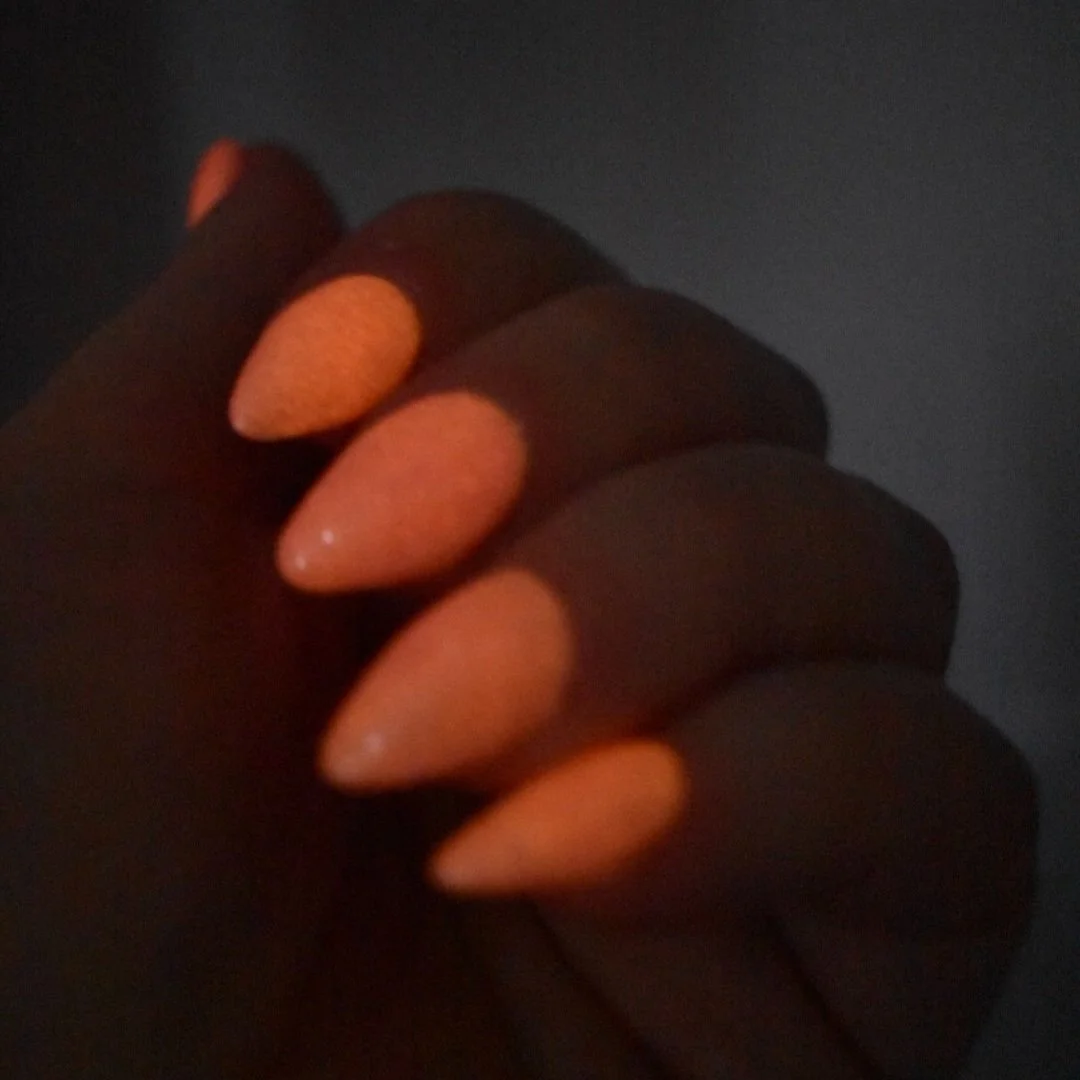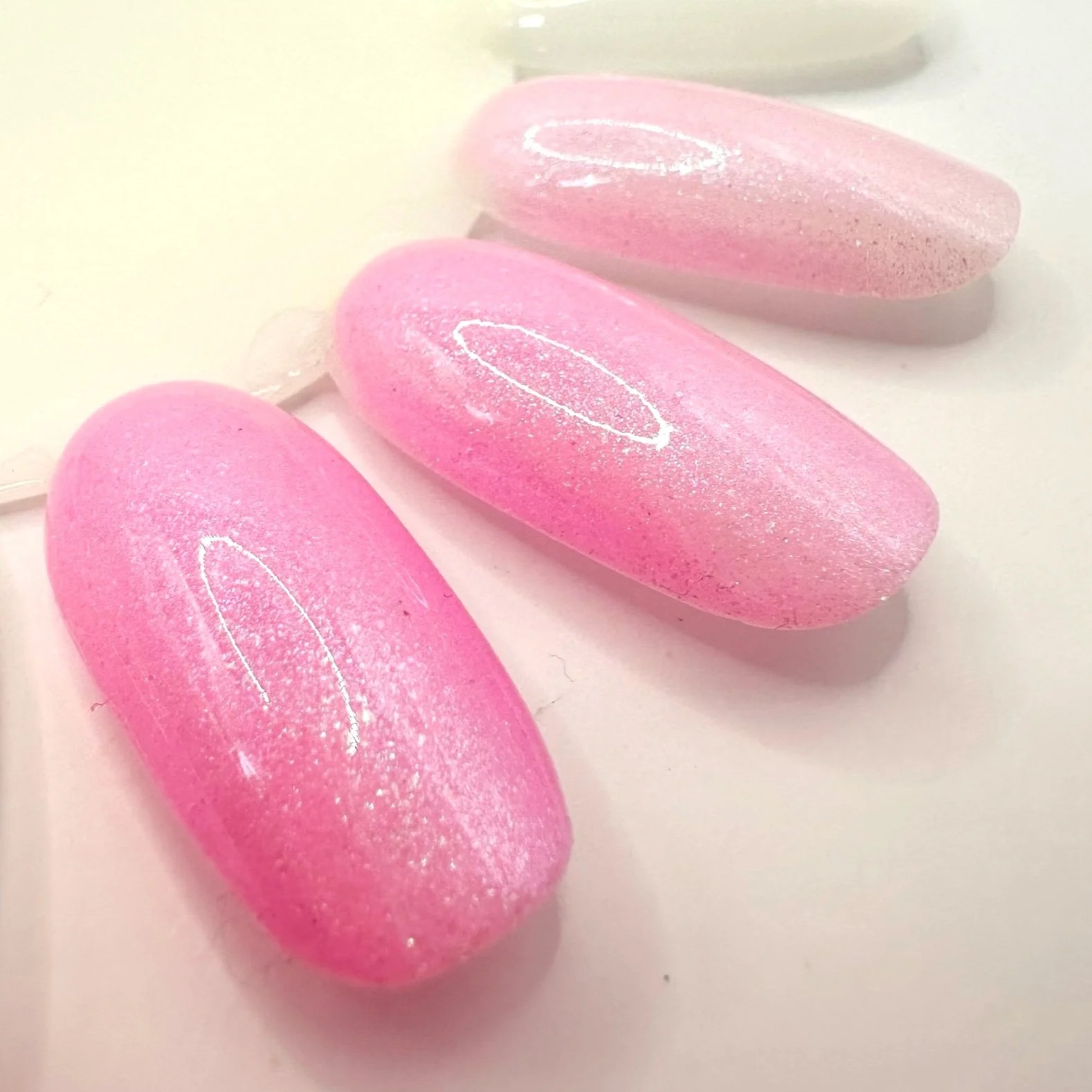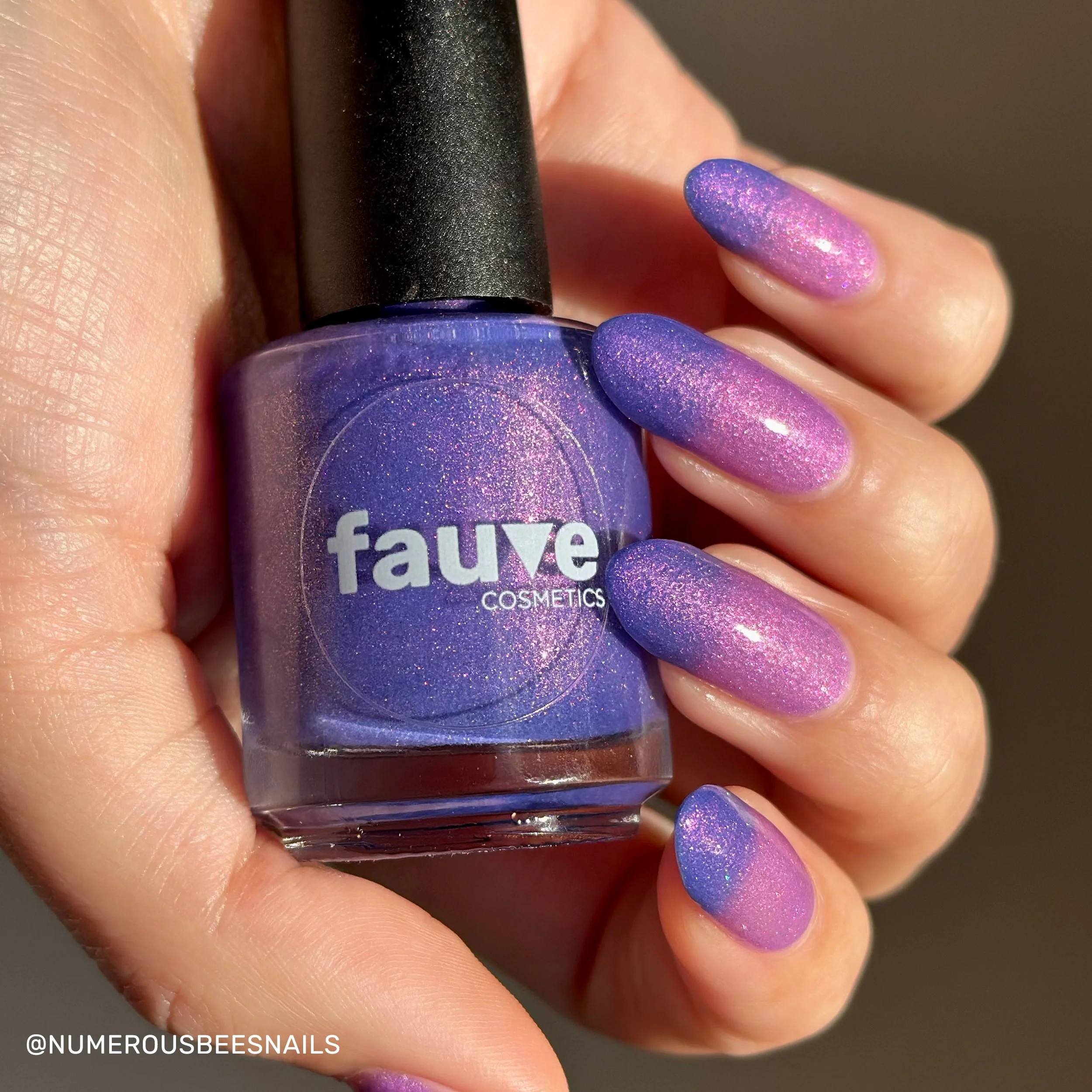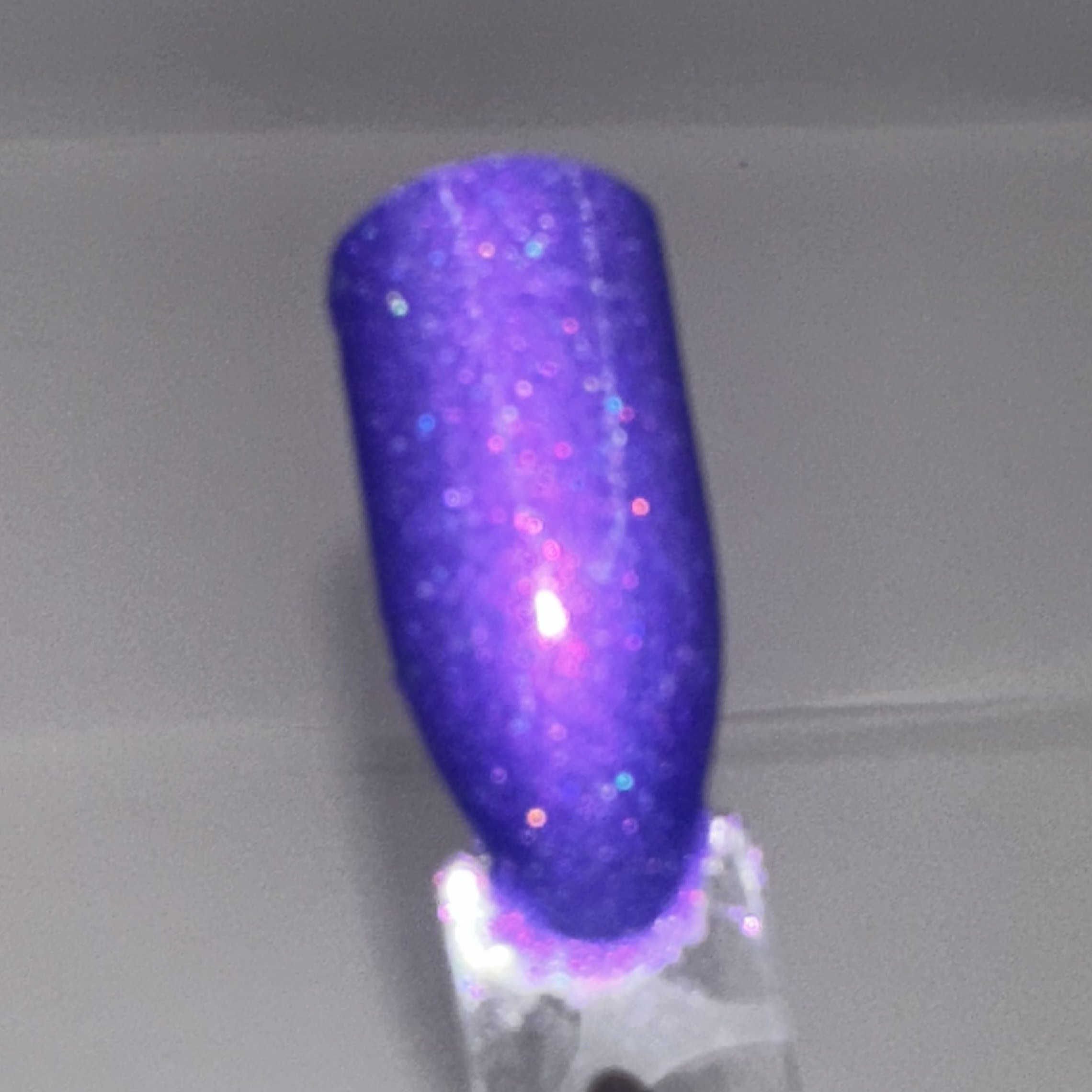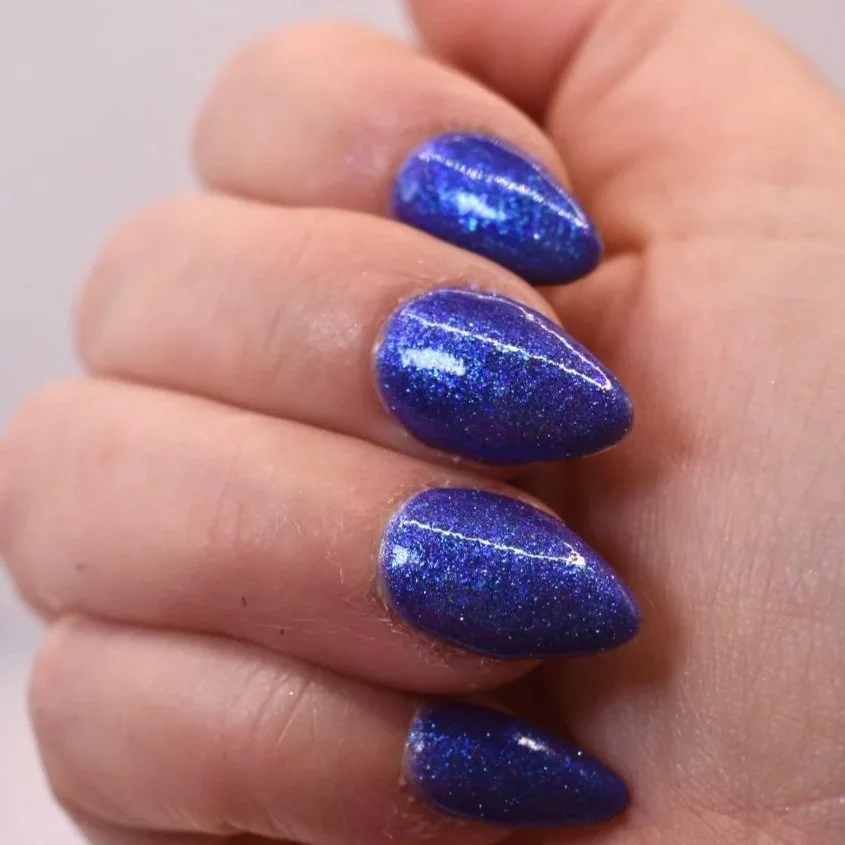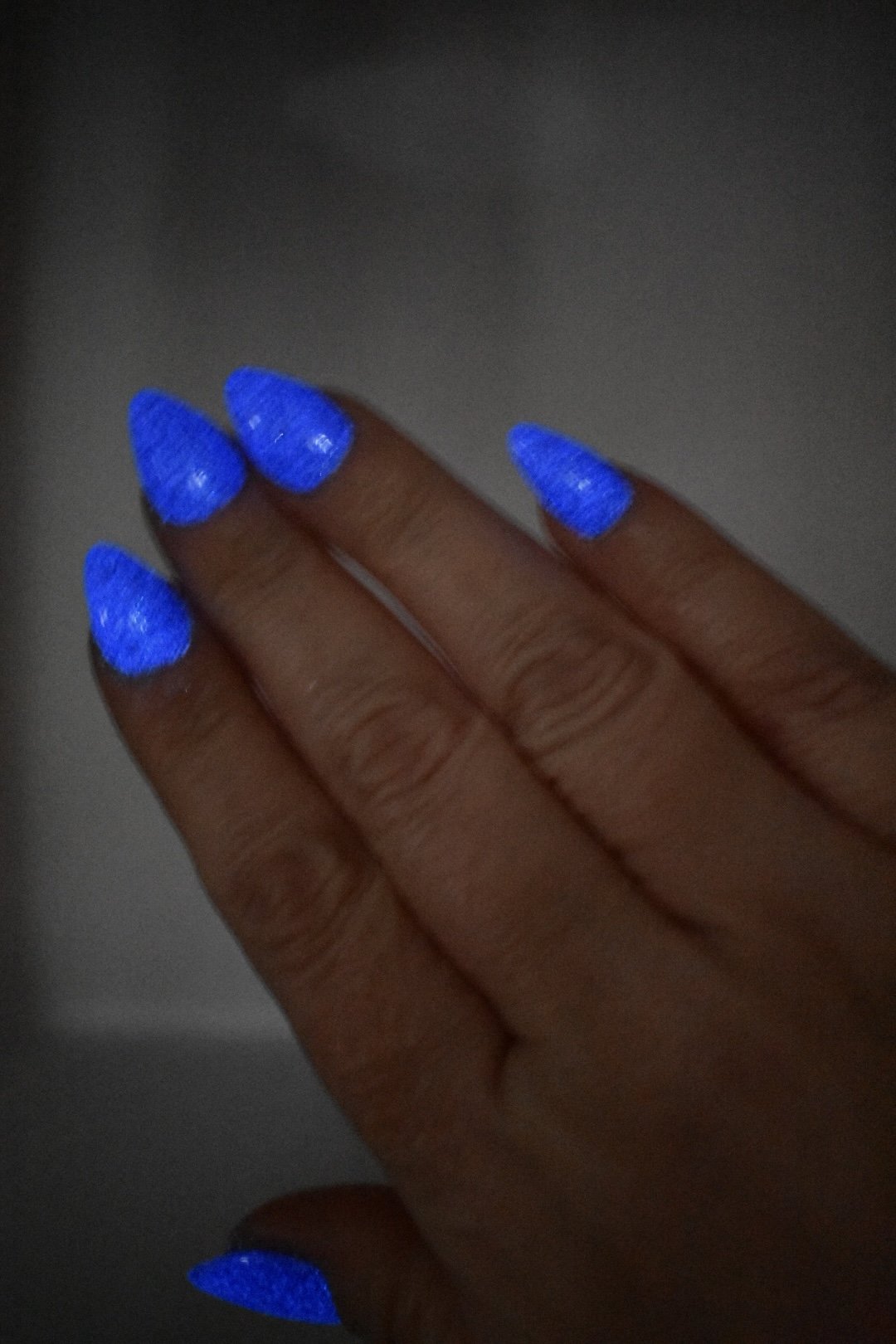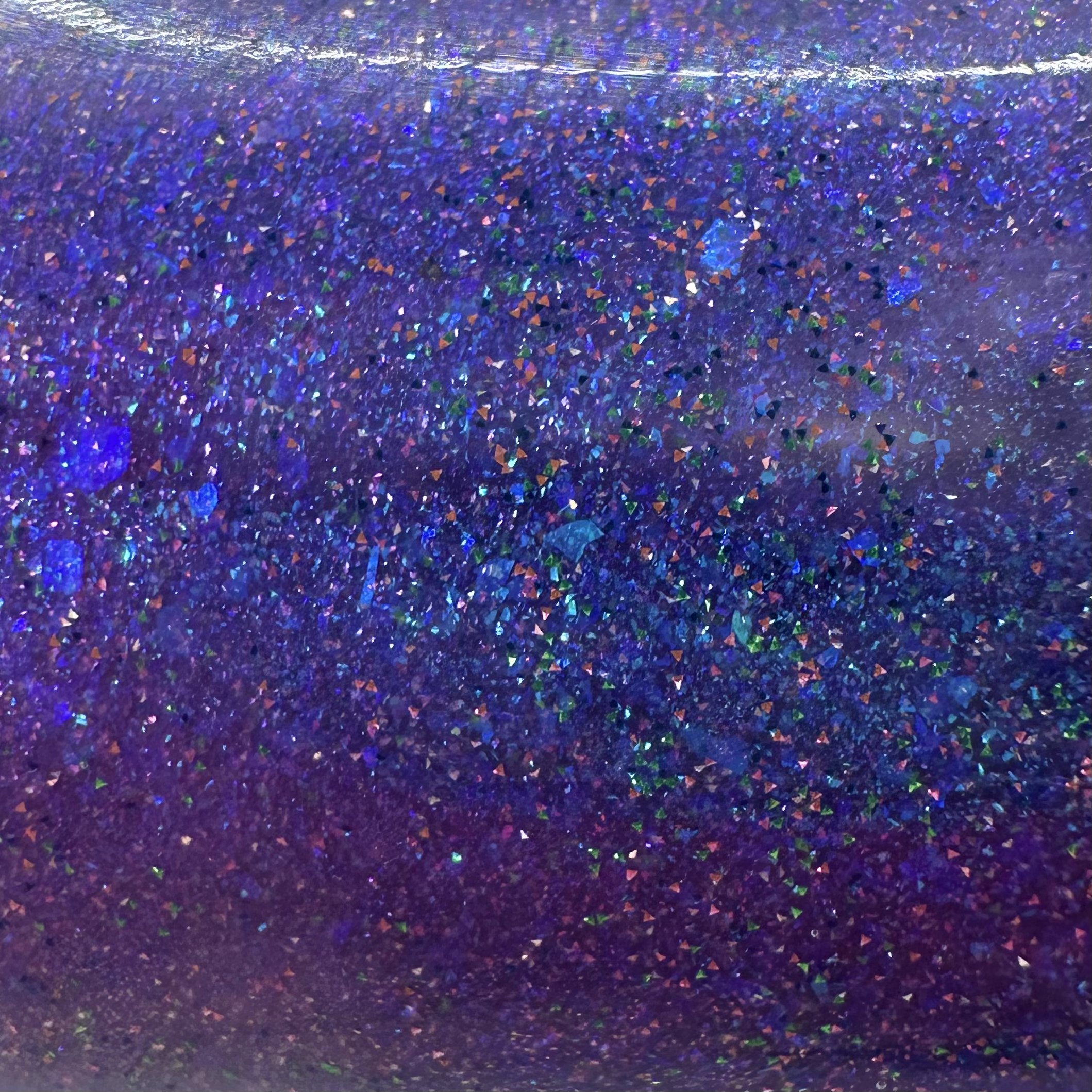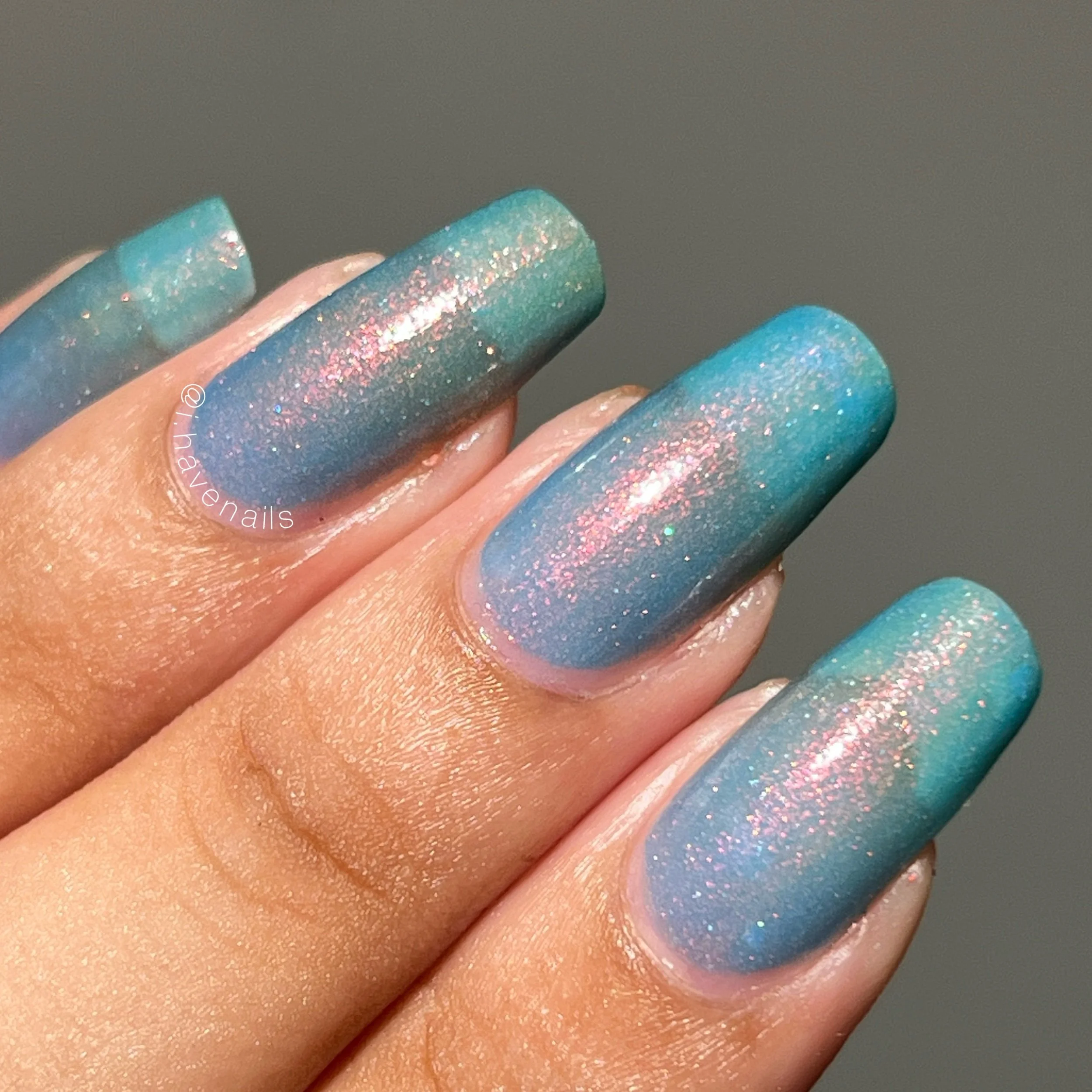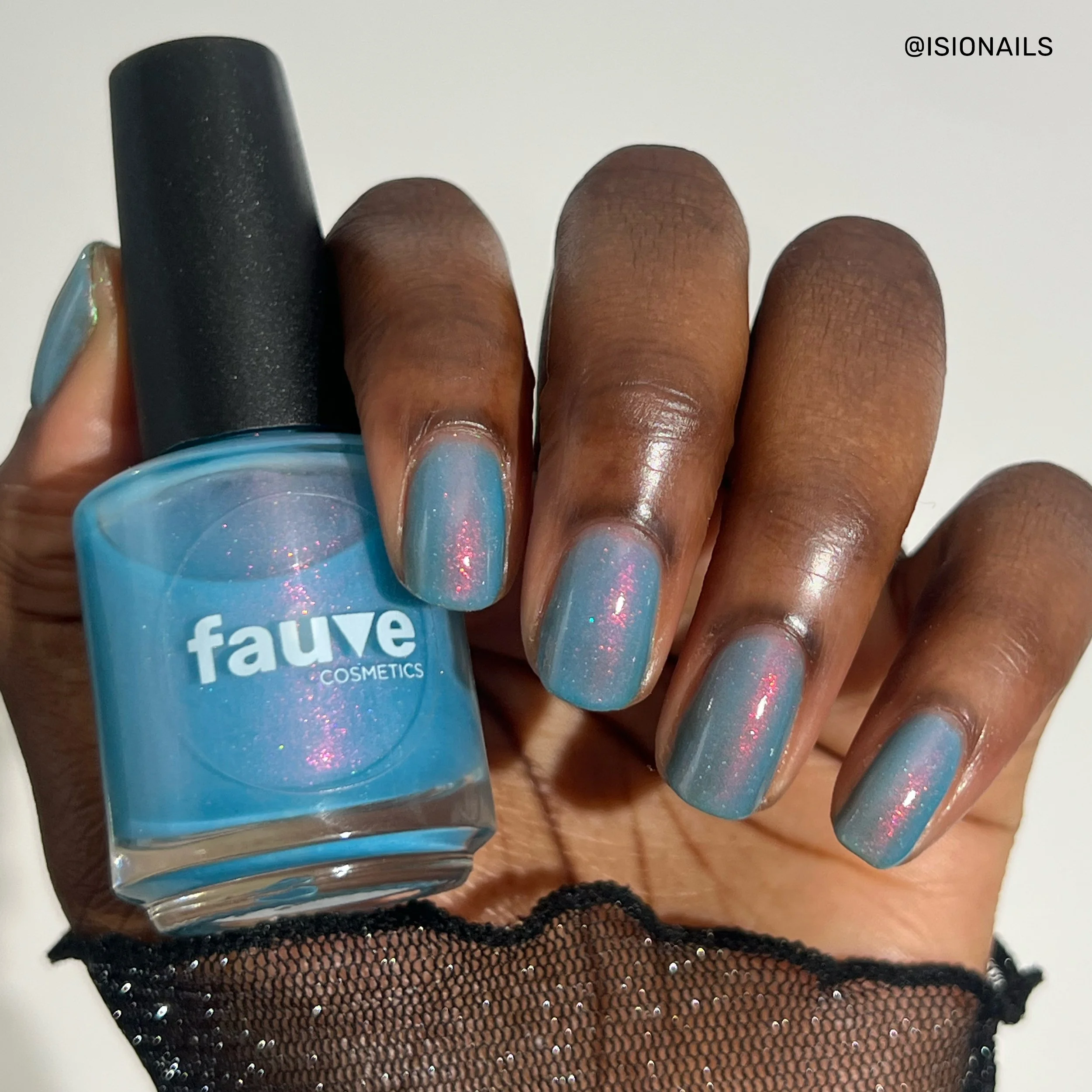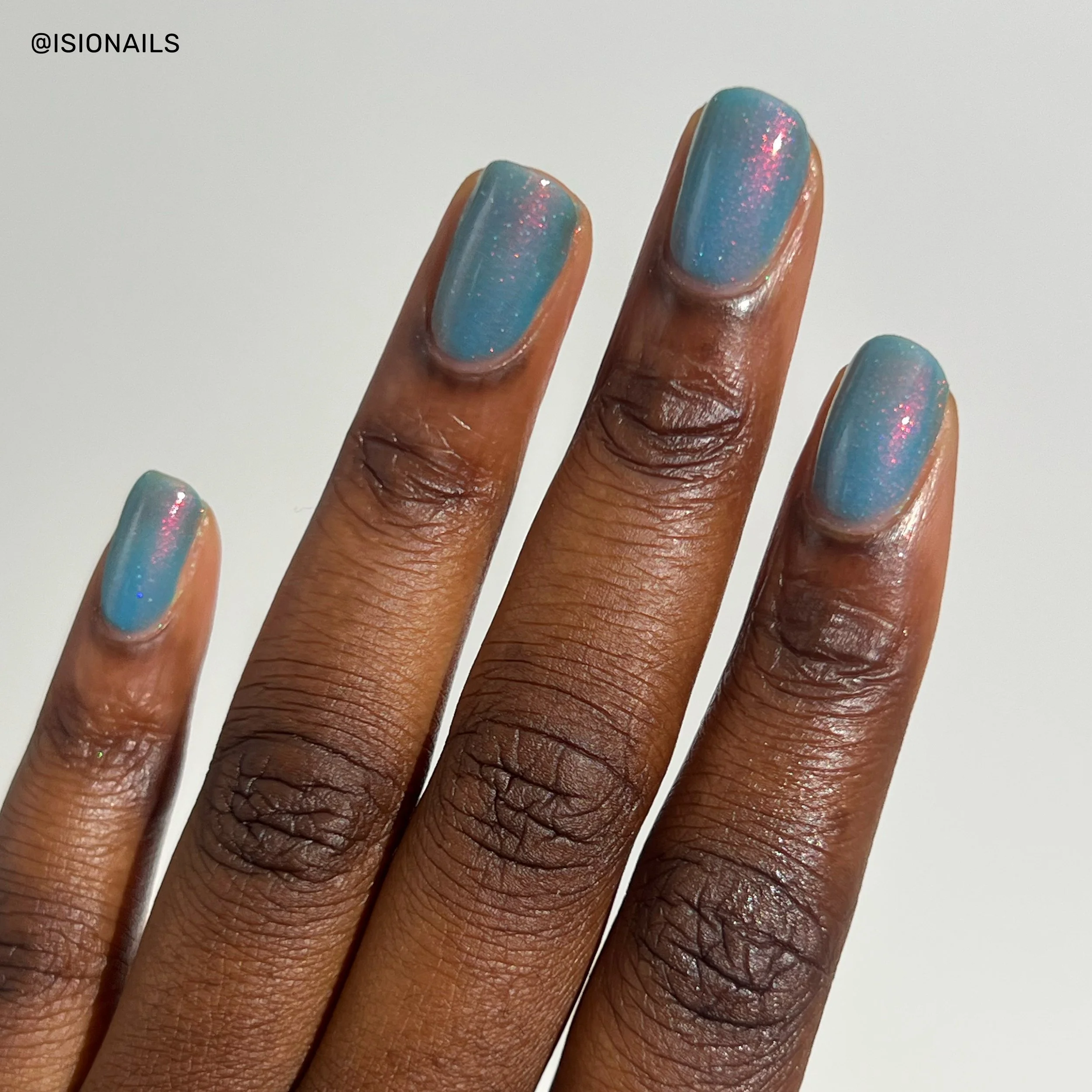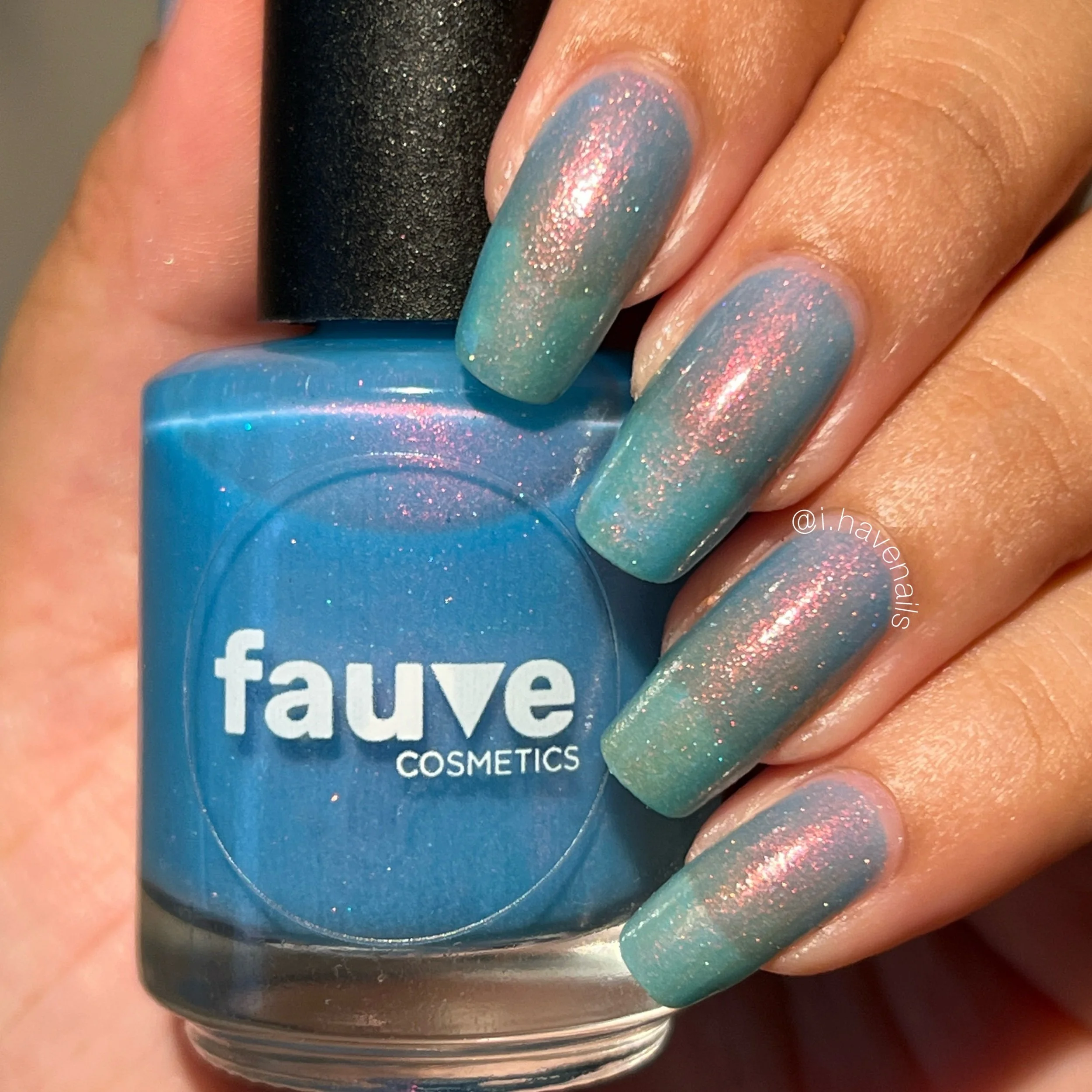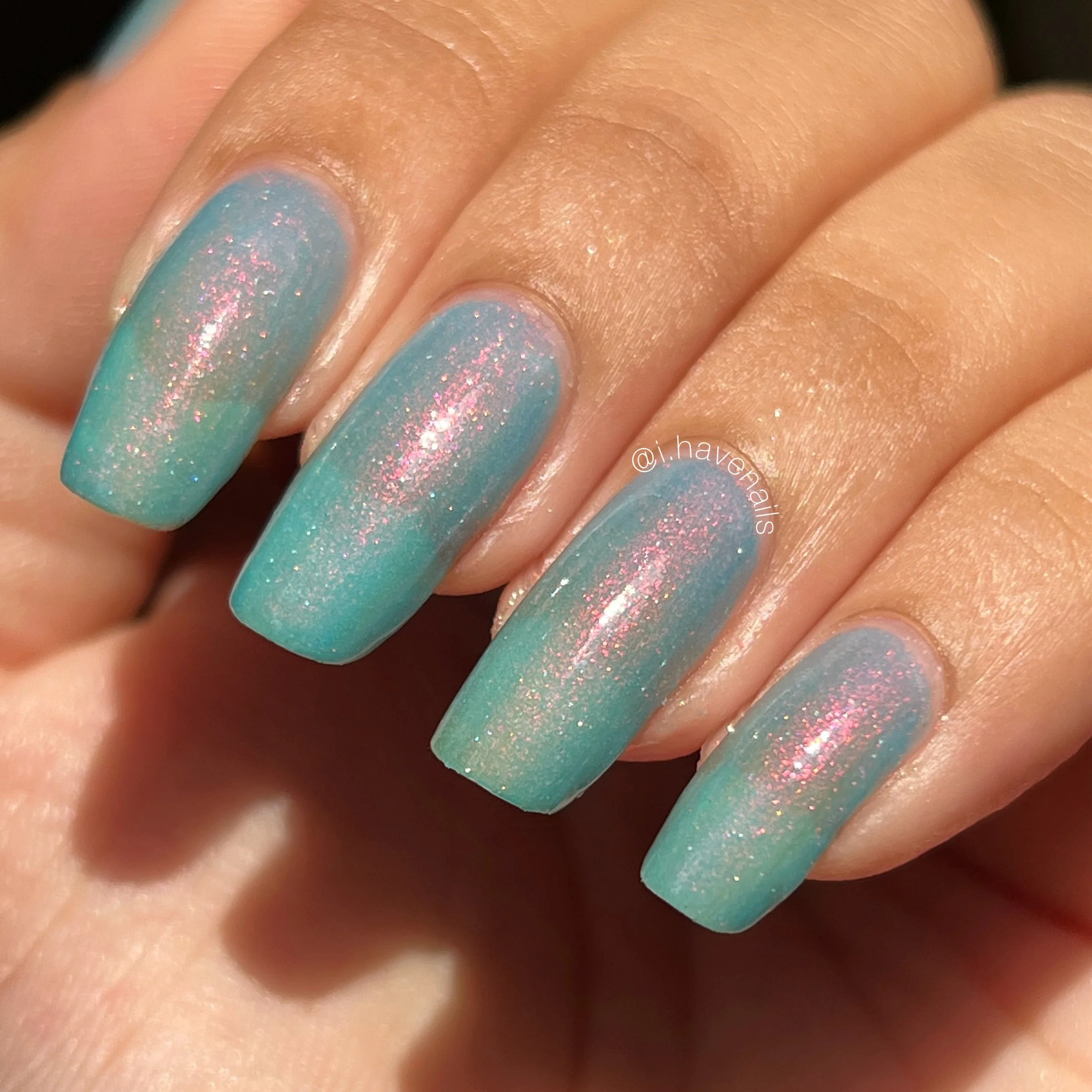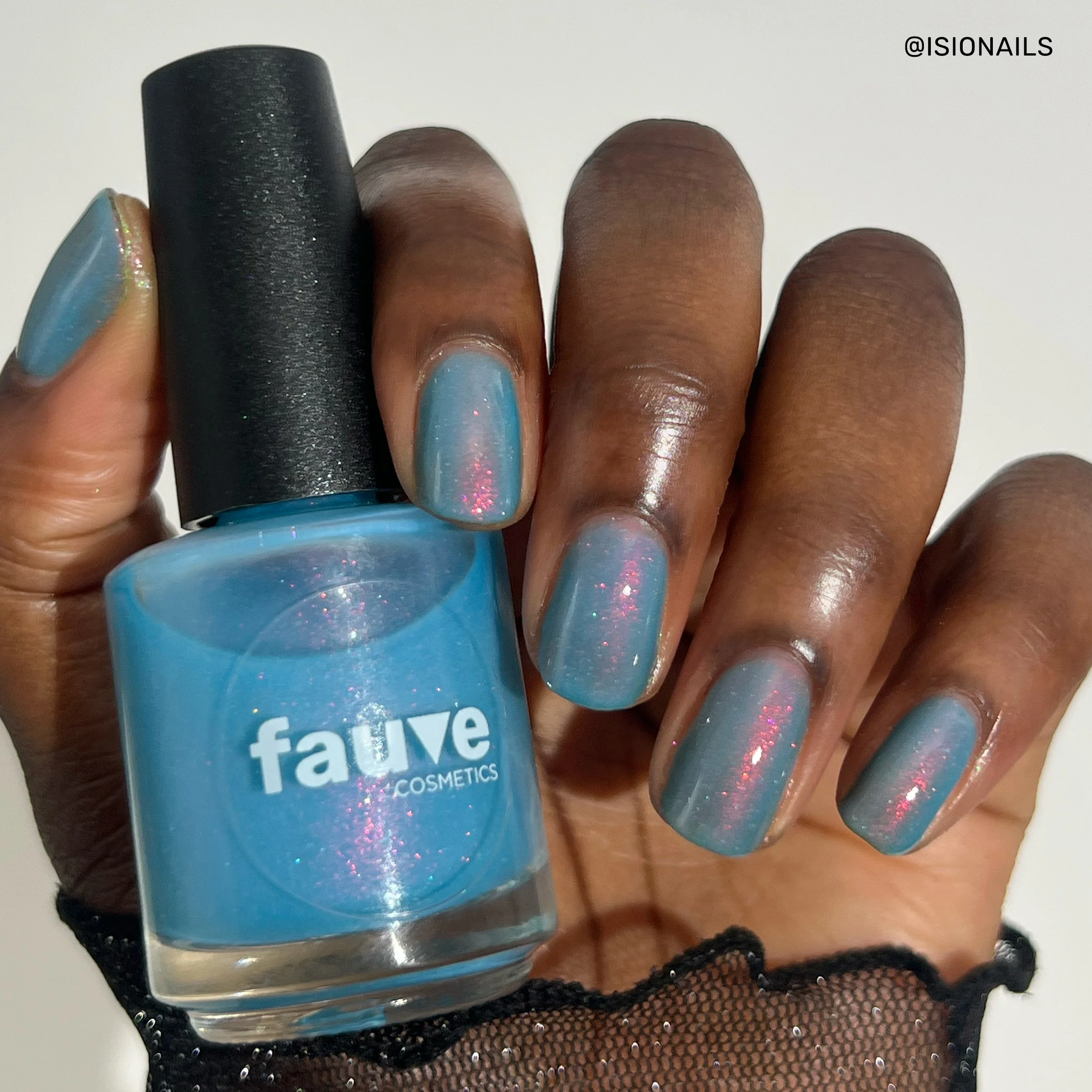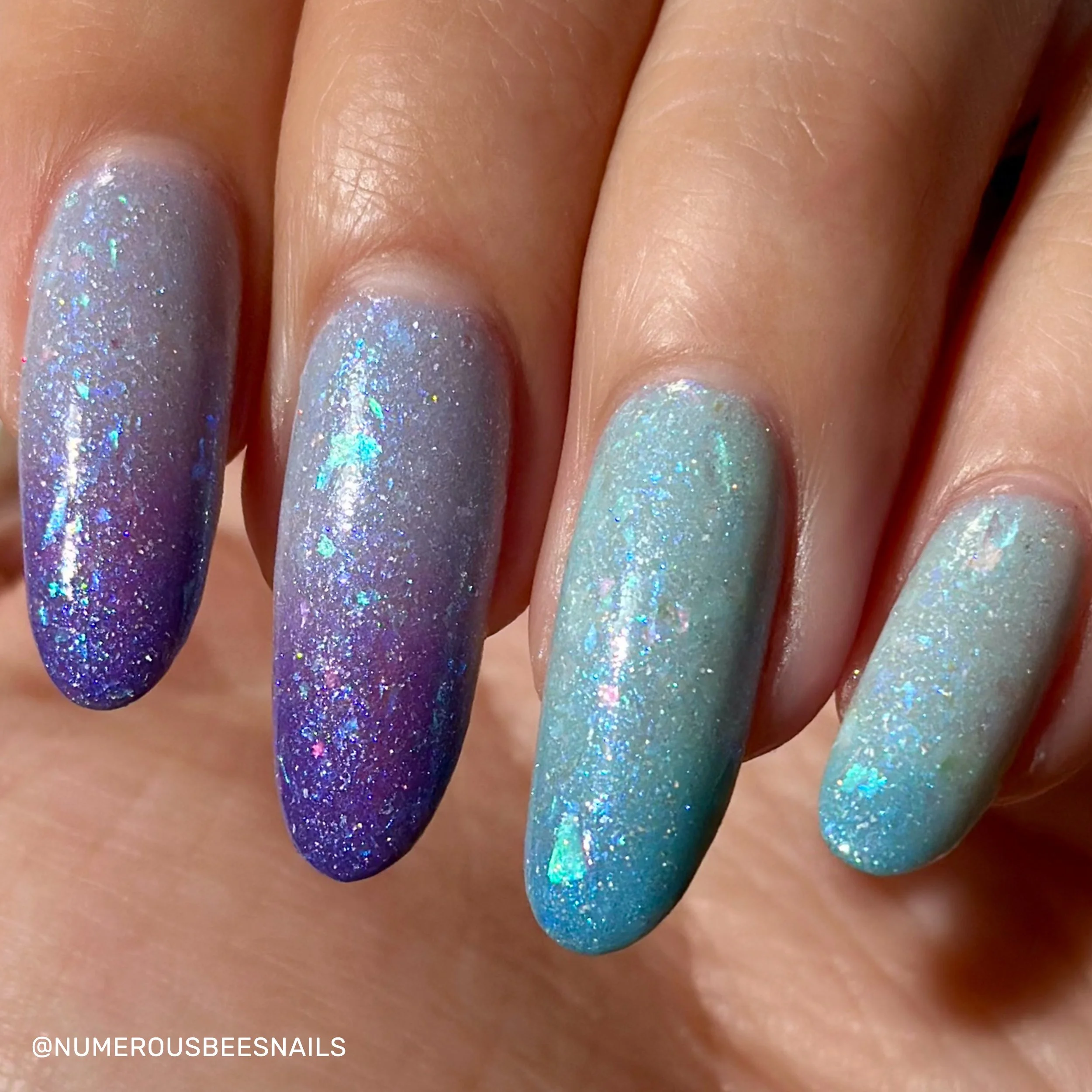 Image 1 of 45
Image 1 of 45

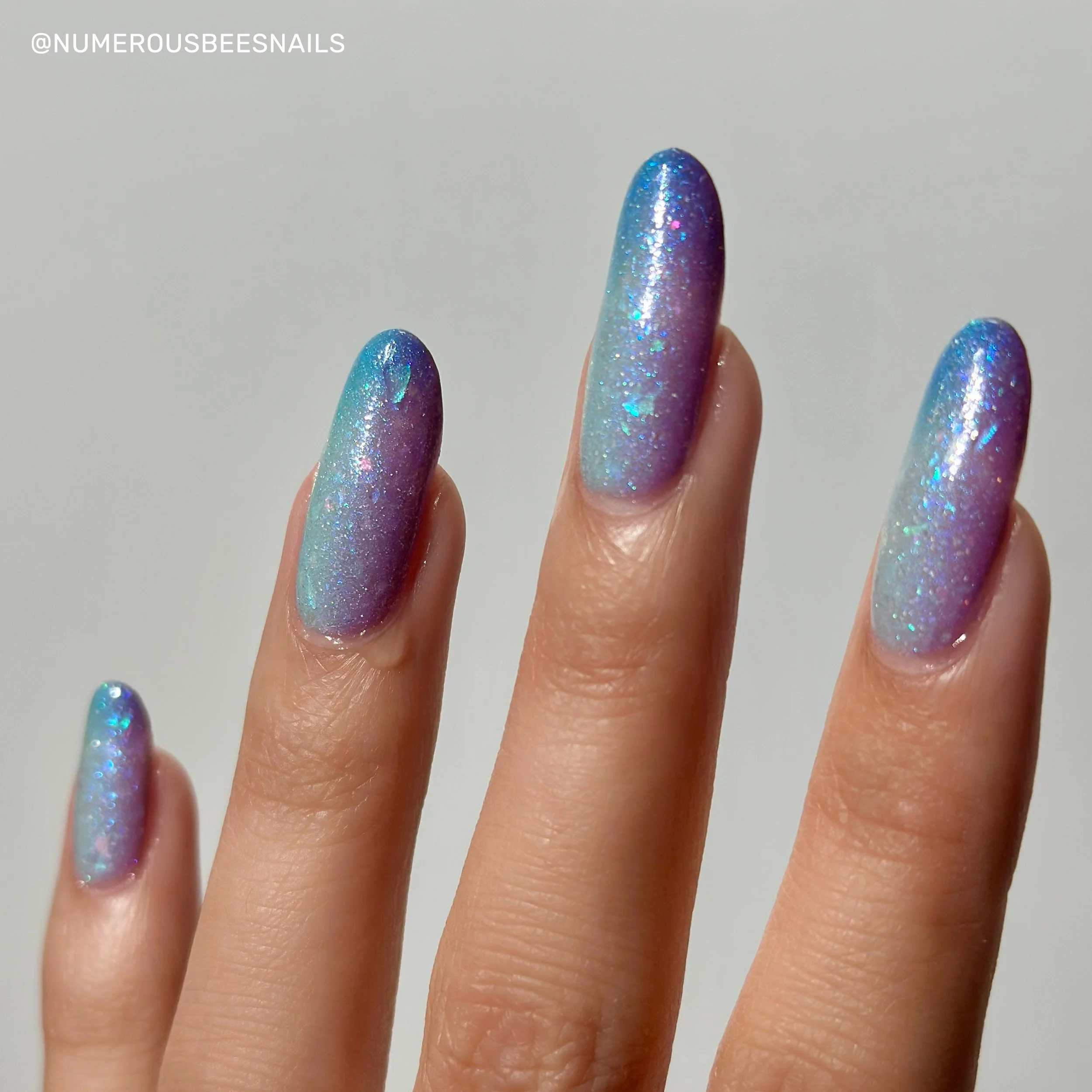 Image 2 of 45
Image 2 of 45

 Image 3 of 45
Image 3 of 45

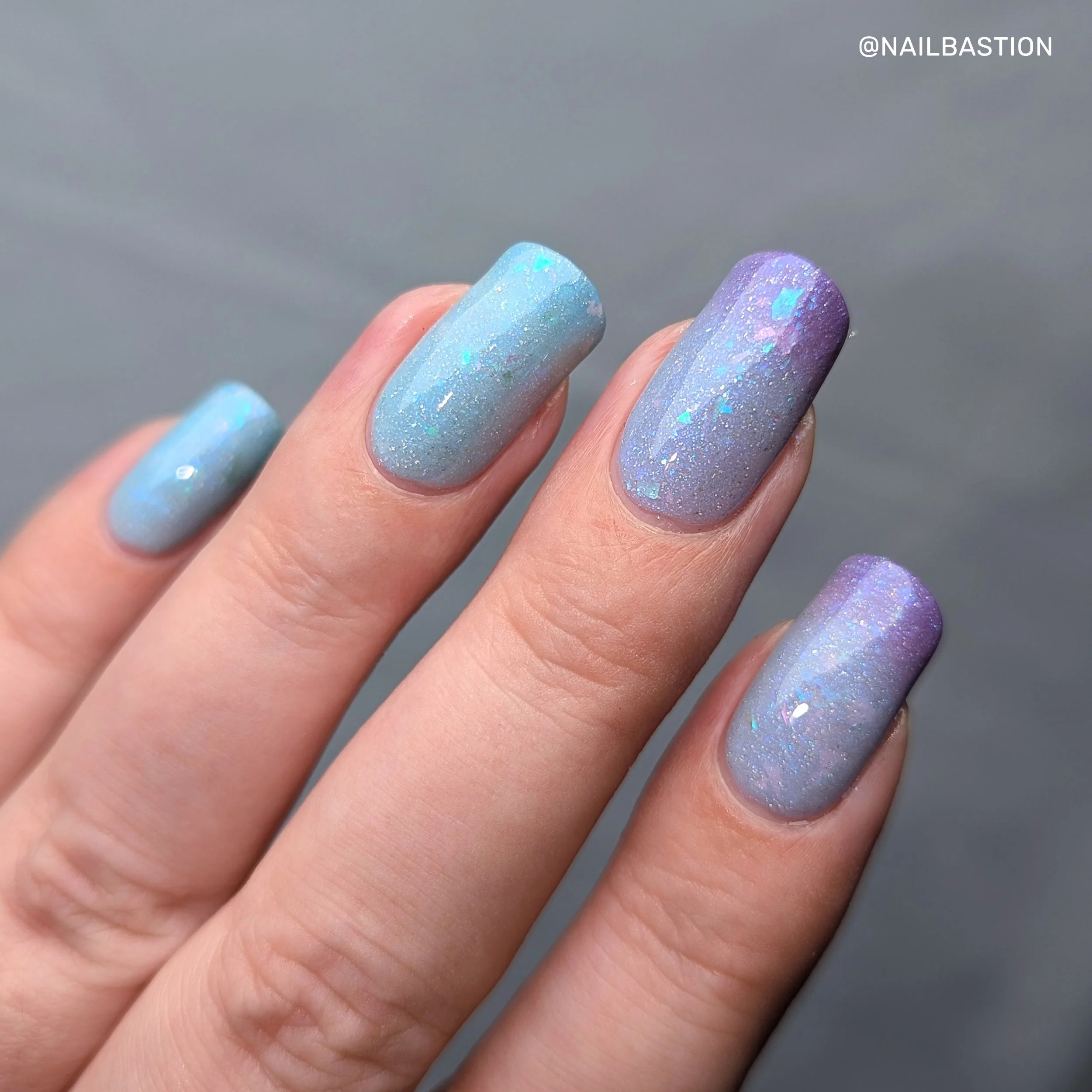 Image 4 of 45
Image 4 of 45

 Image 5 of 45
Image 5 of 45

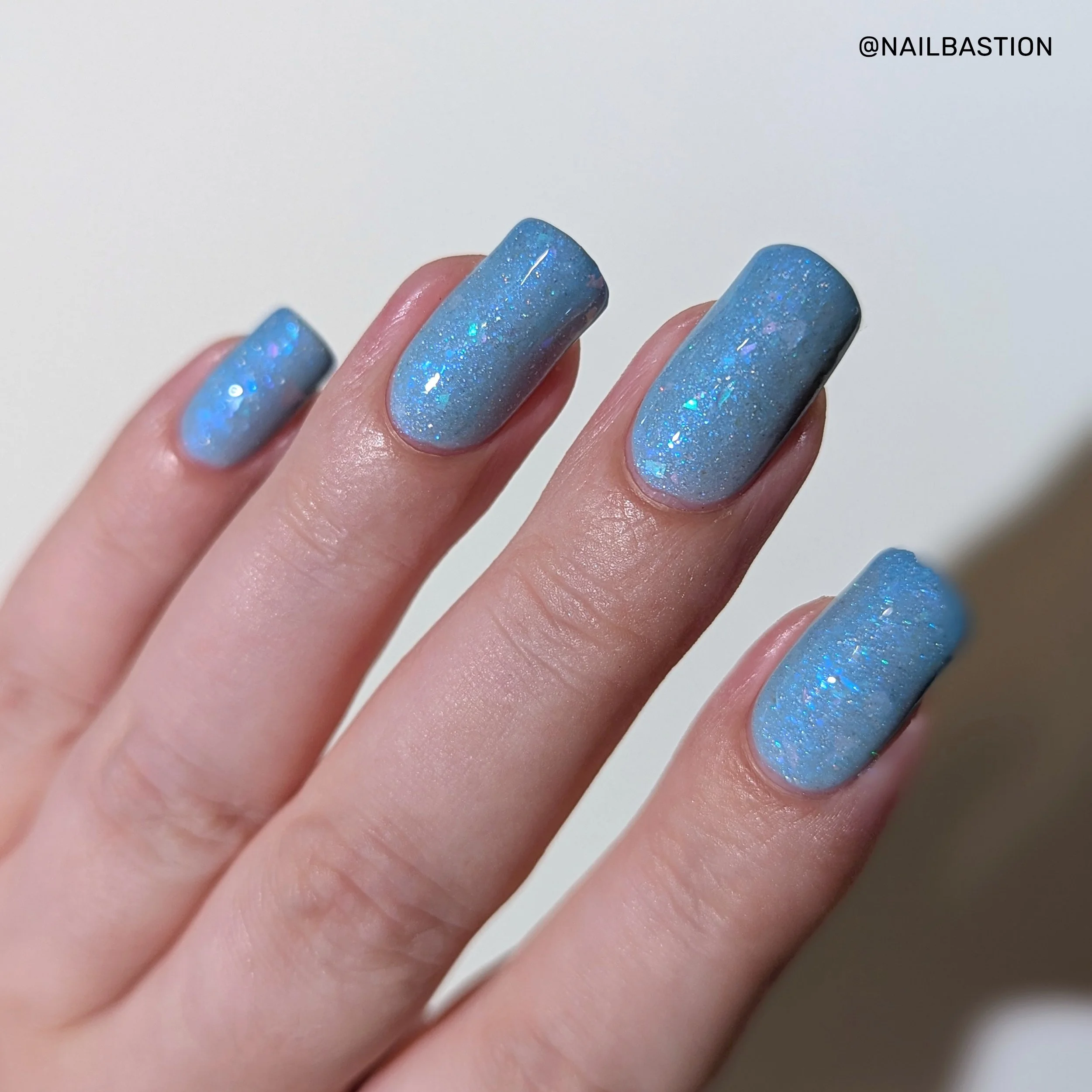 Image 6 of 45
Image 6 of 45

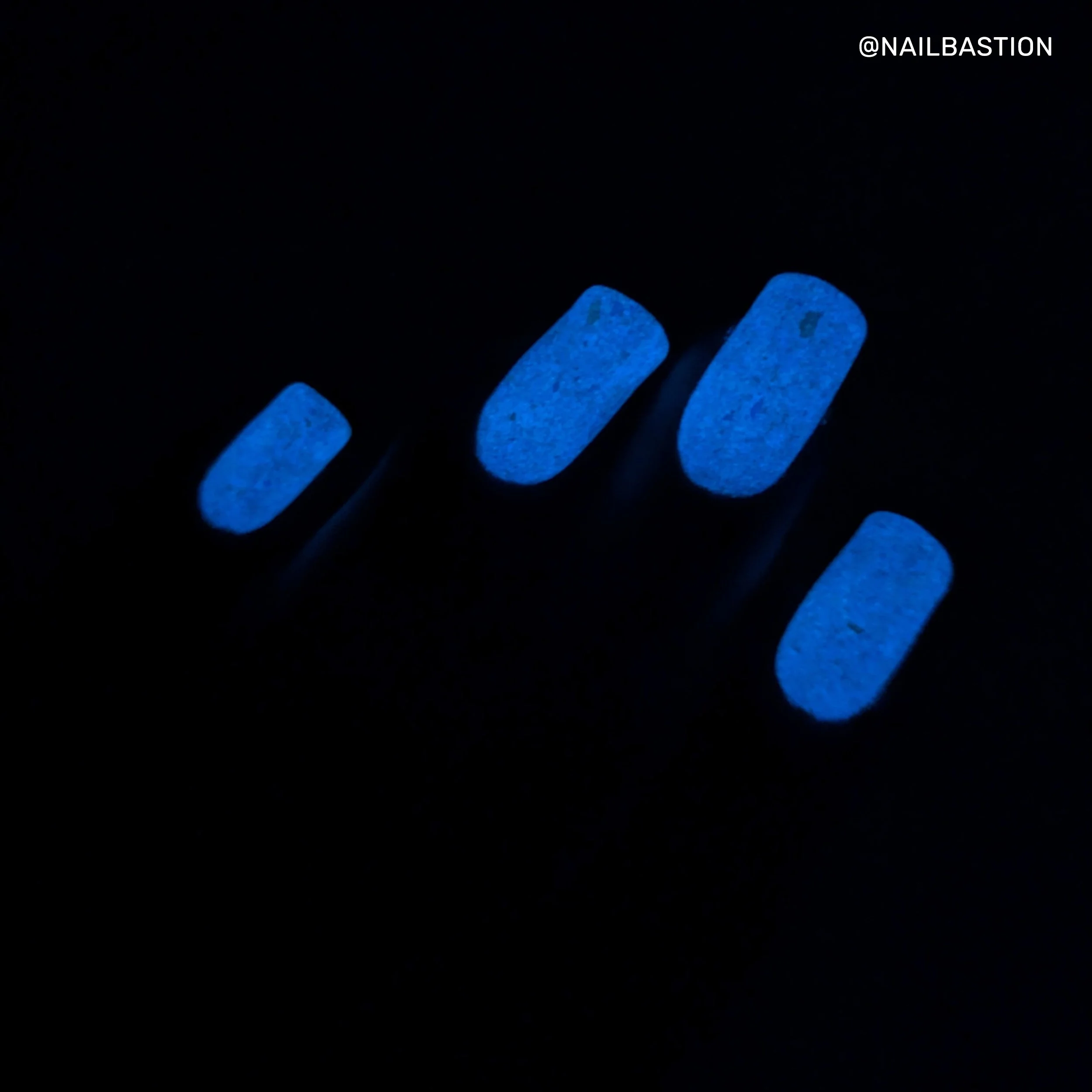 Image 7 of 45
Image 7 of 45

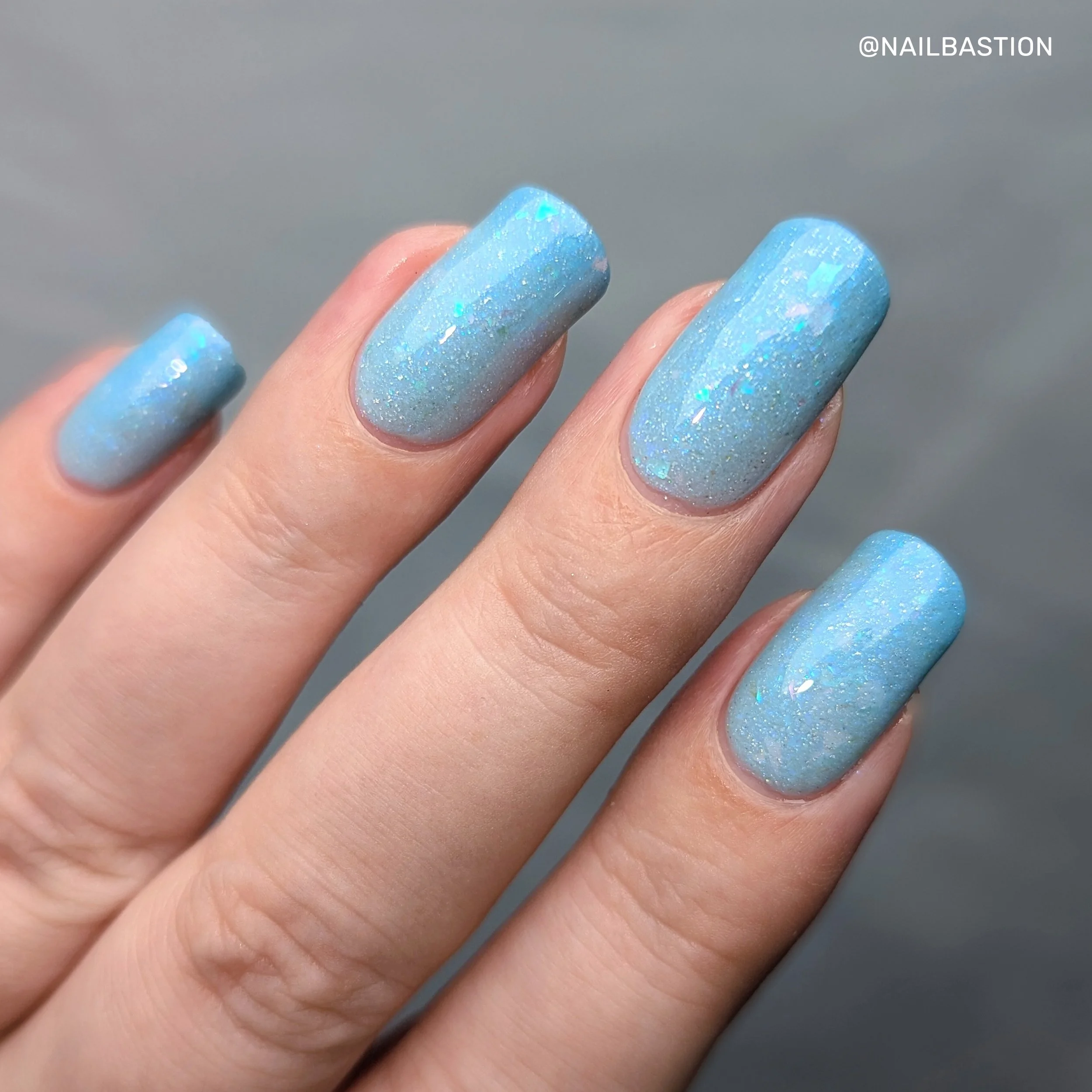 Image 8 of 45
Image 8 of 45

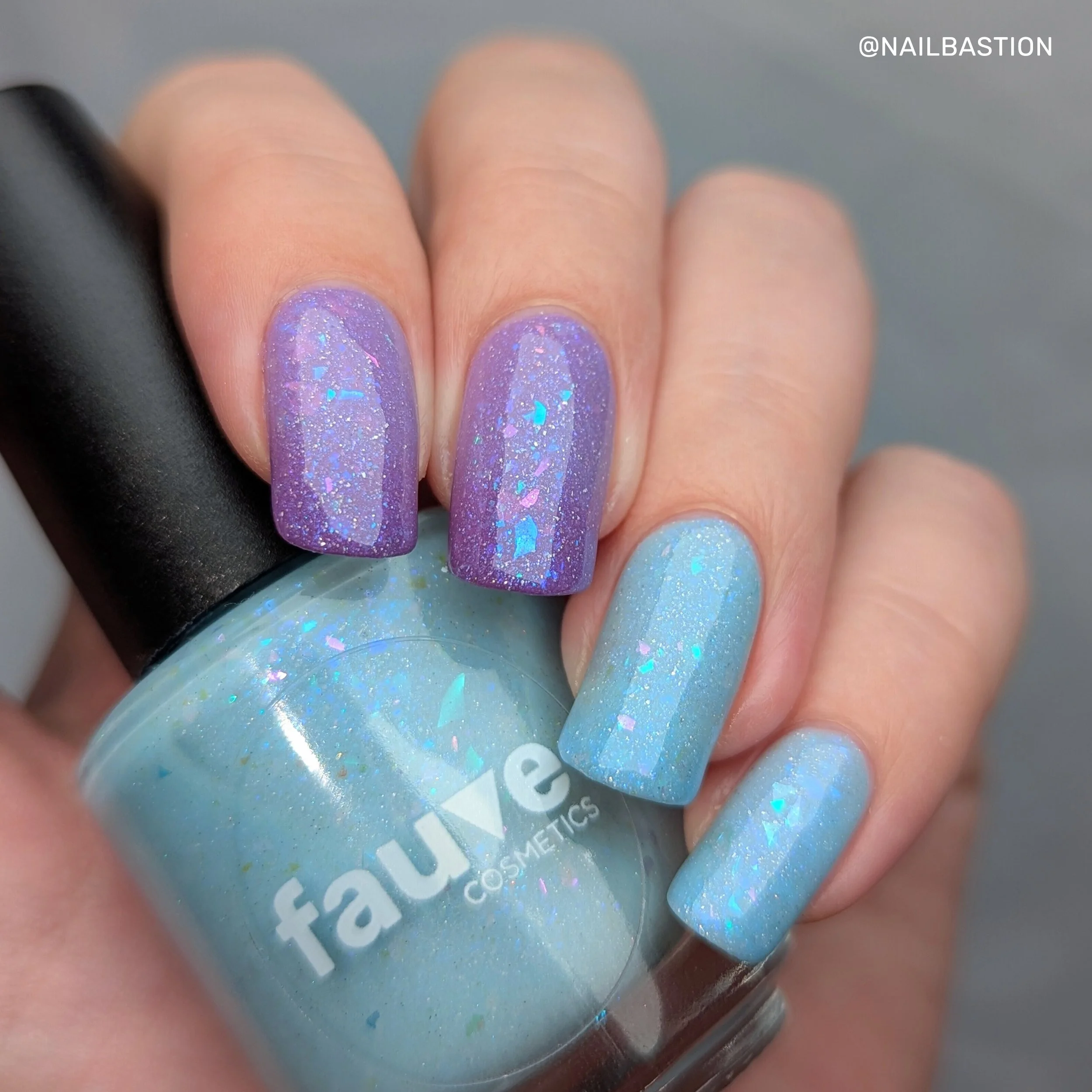 Image 9 of 45
Image 9 of 45

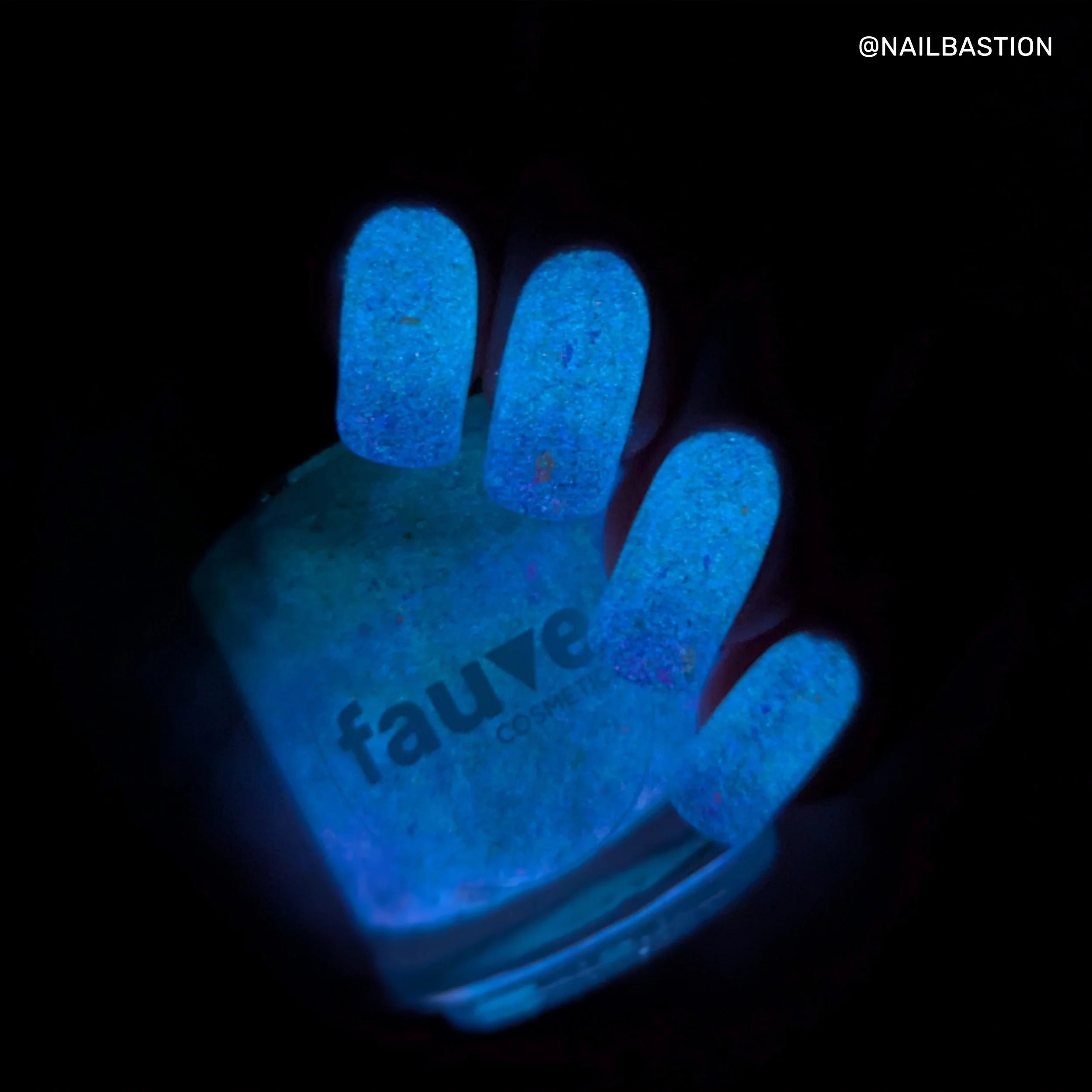 Image 10 of 45
Image 10 of 45

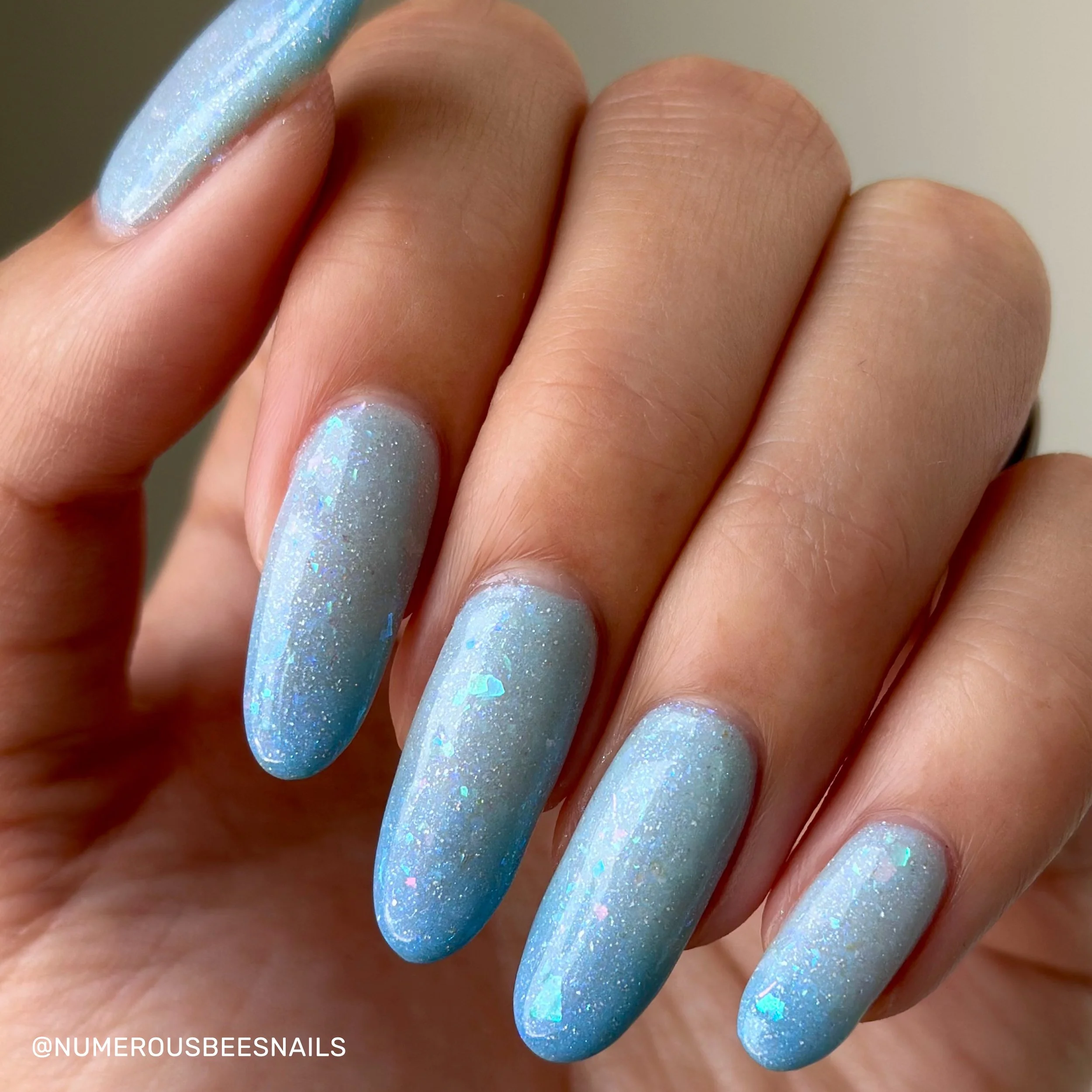 Image 11 of 45
Image 11 of 45

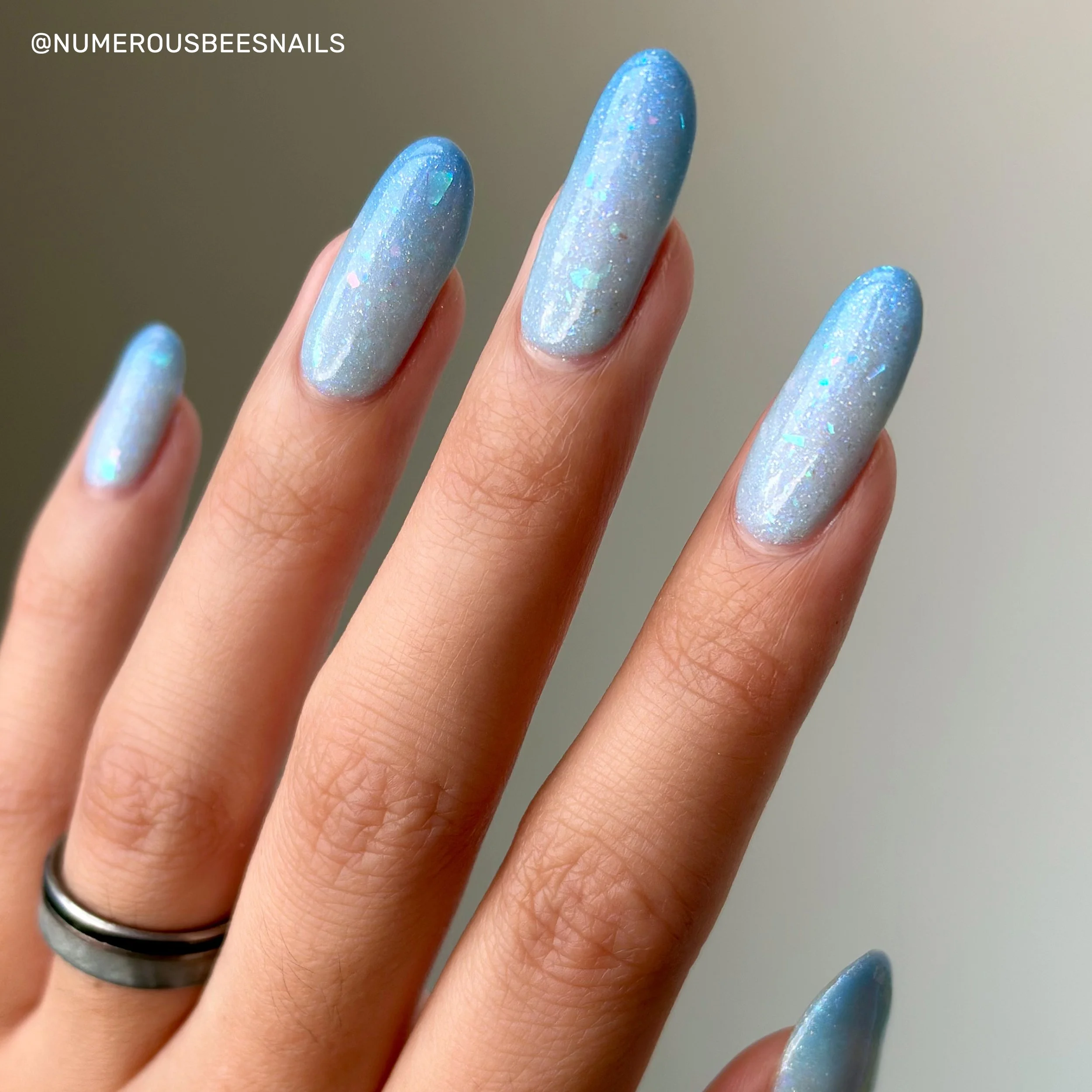 Image 12 of 45
Image 12 of 45

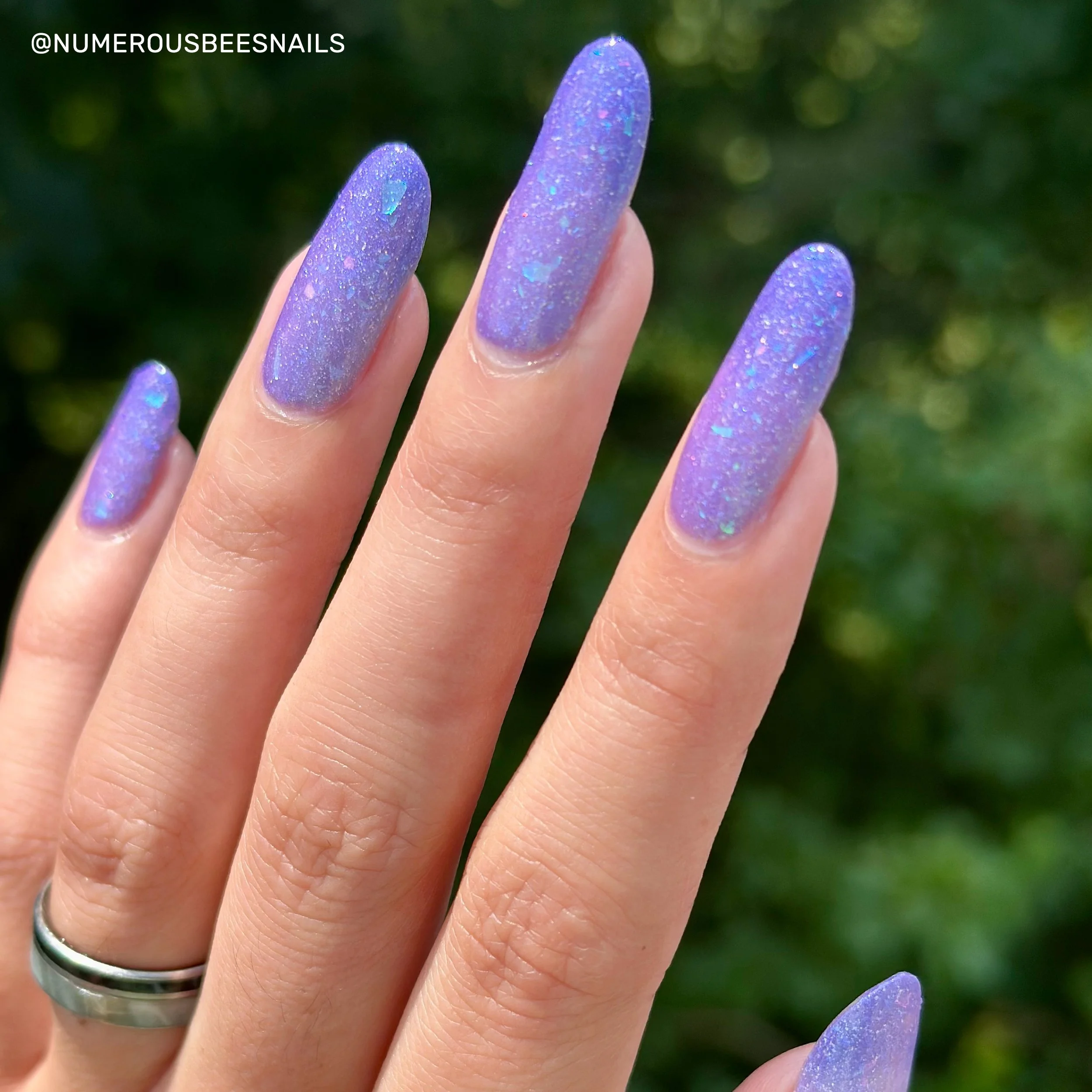 Image 13 of 45
Image 13 of 45

 Image 14 of 45
Image 14 of 45

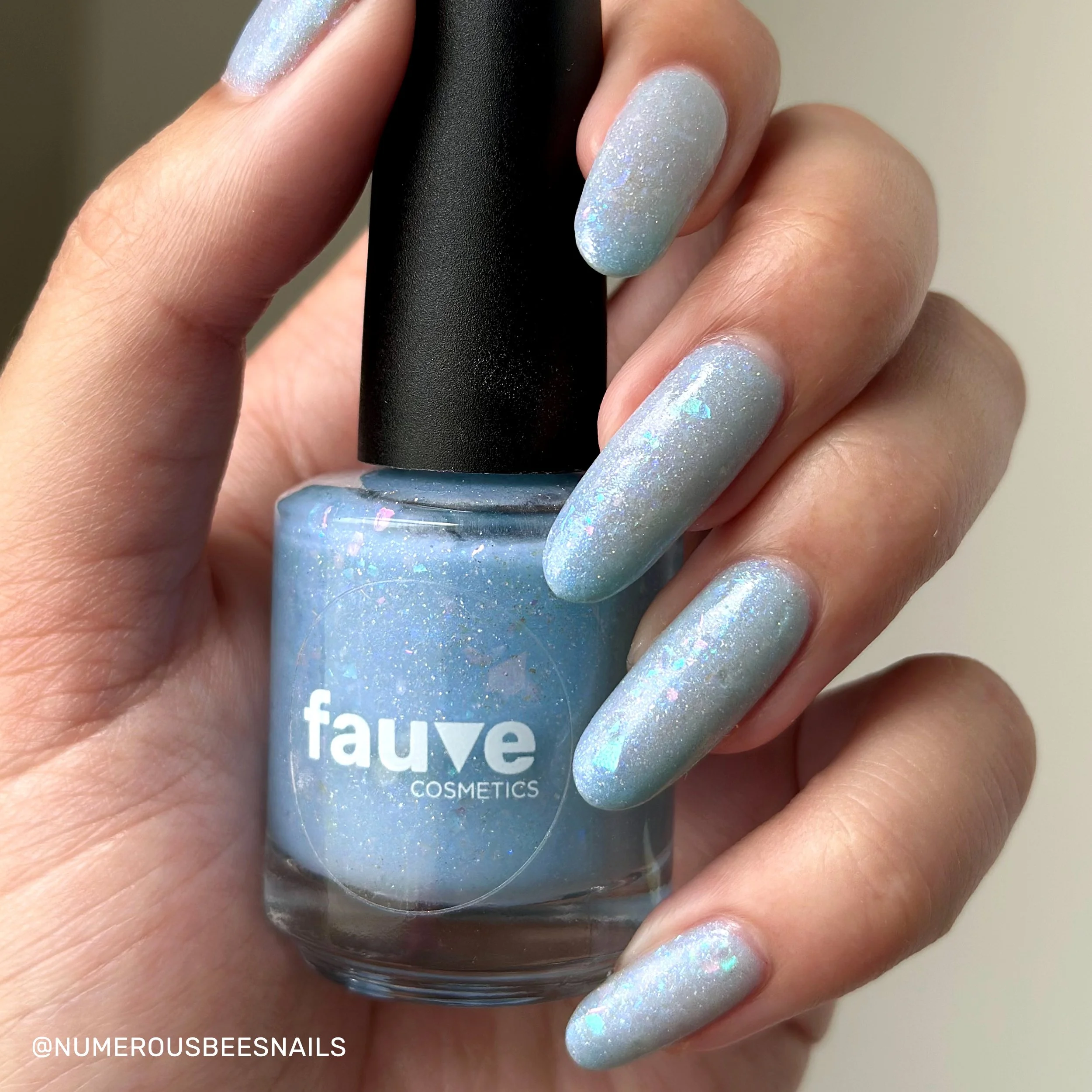 Image 15 of 45
Image 15 of 45

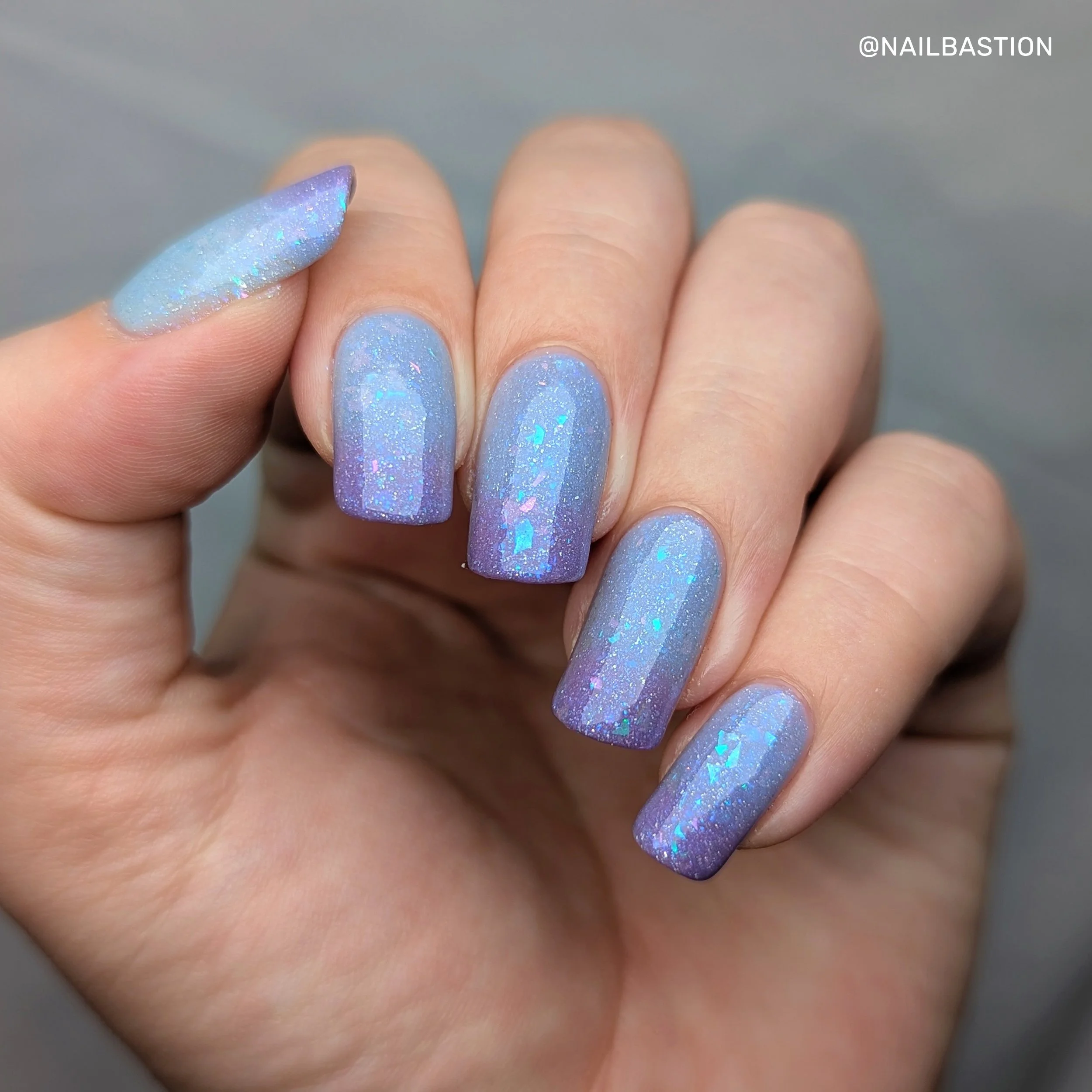 Image 16 of 45
Image 16 of 45

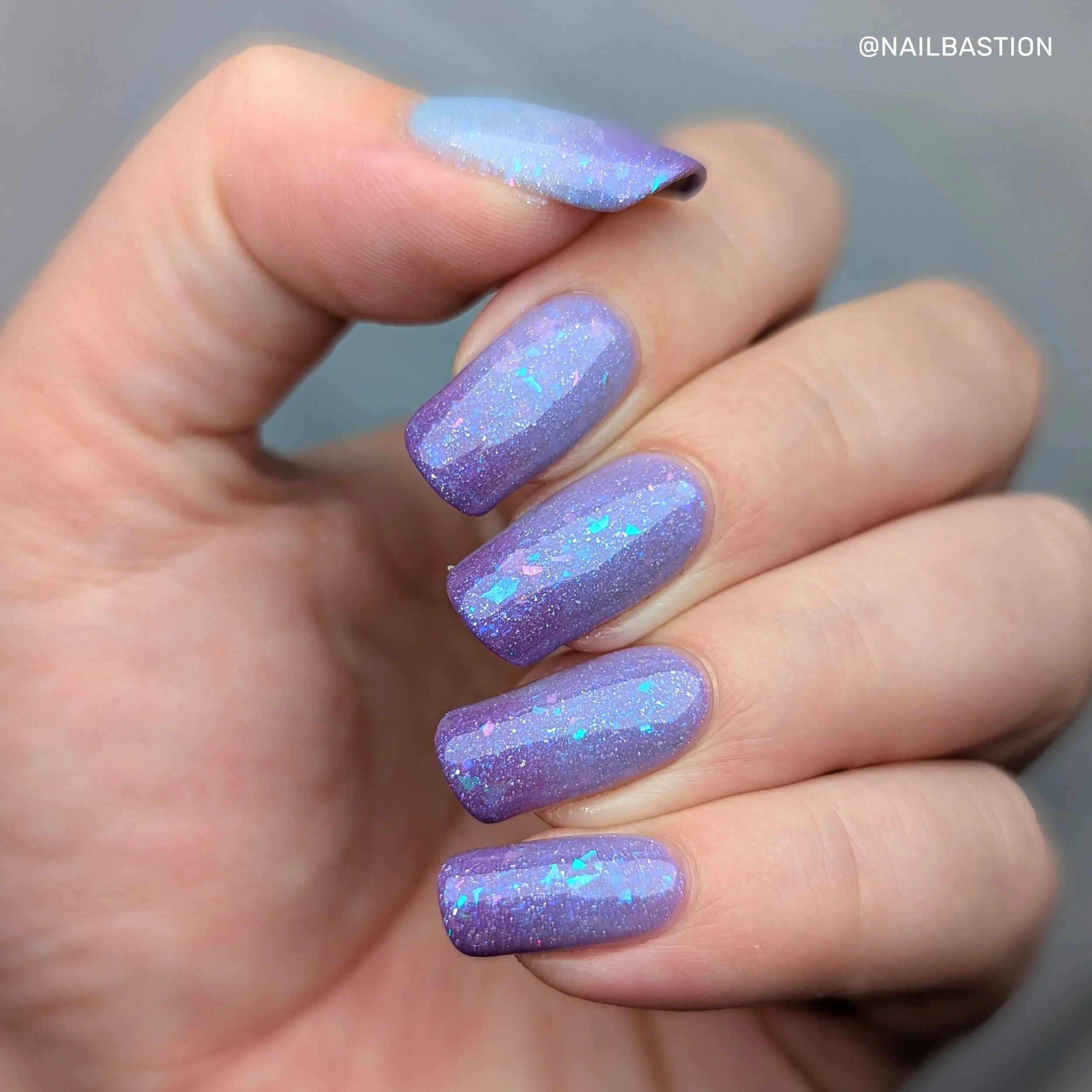 Image 17 of 45
Image 17 of 45

 Image 18 of 45
Image 18 of 45

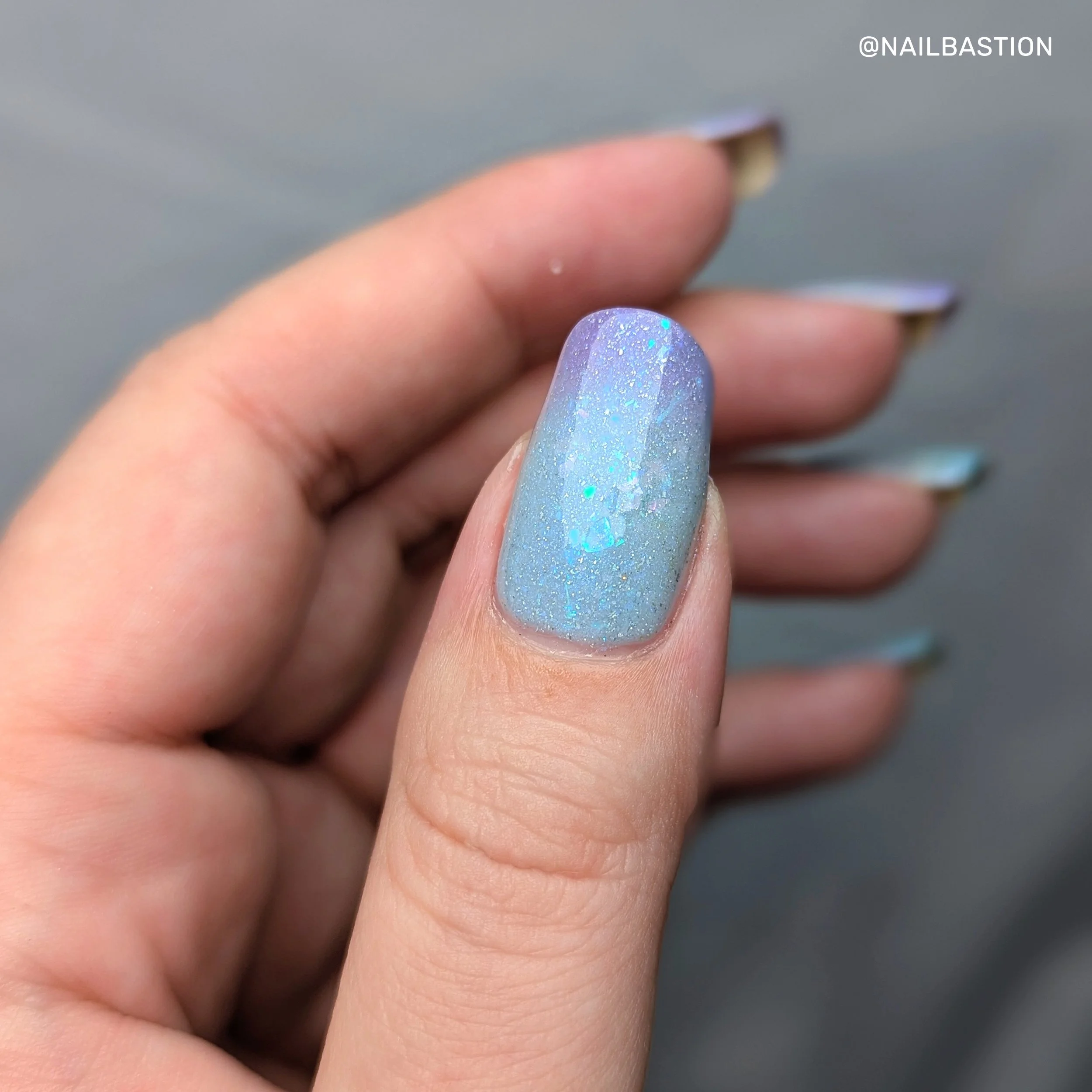 Image 19 of 45
Image 19 of 45

 Image 20 of 45
Image 20 of 45

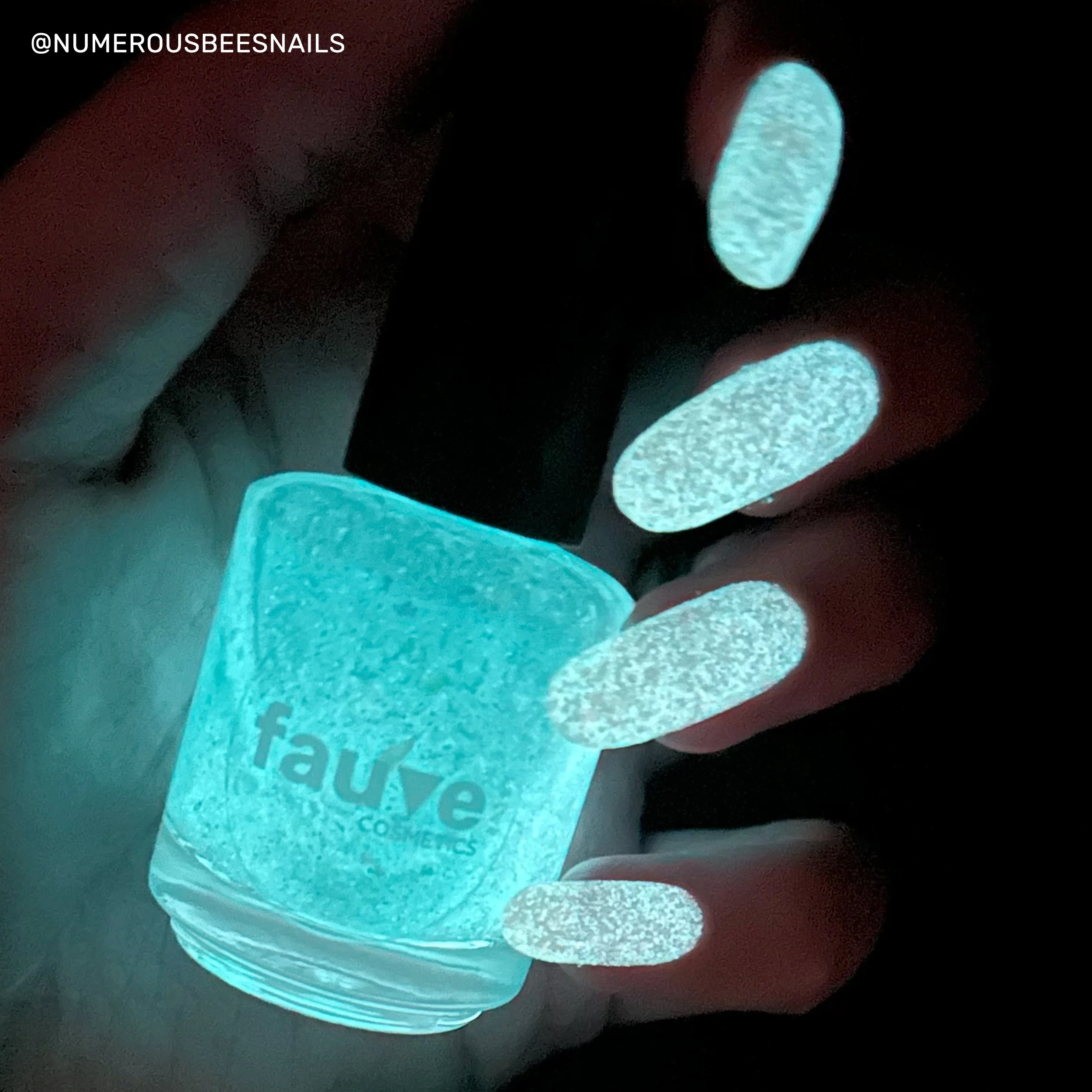 Image 21 of 45
Image 21 of 45

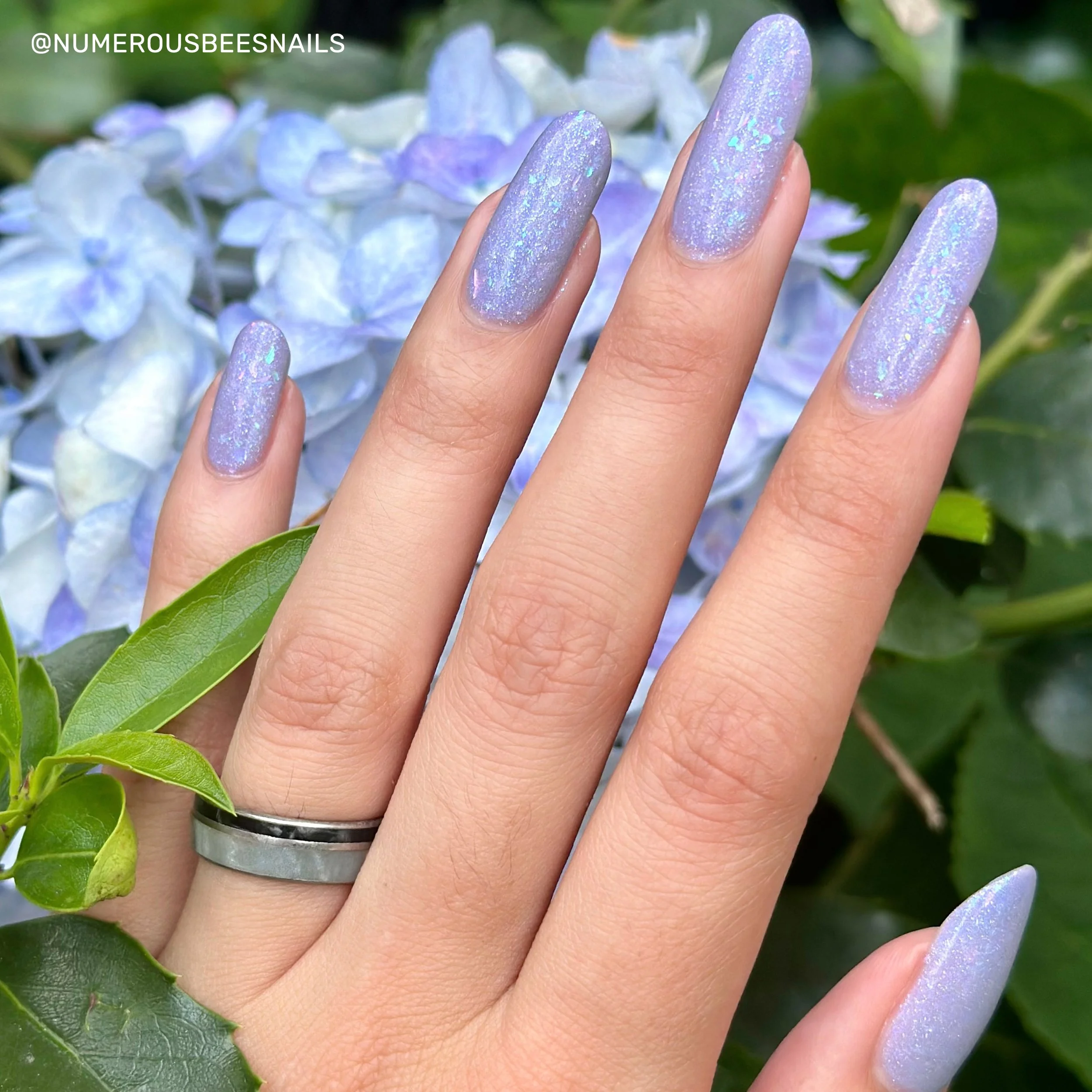 Image 22 of 45
Image 22 of 45

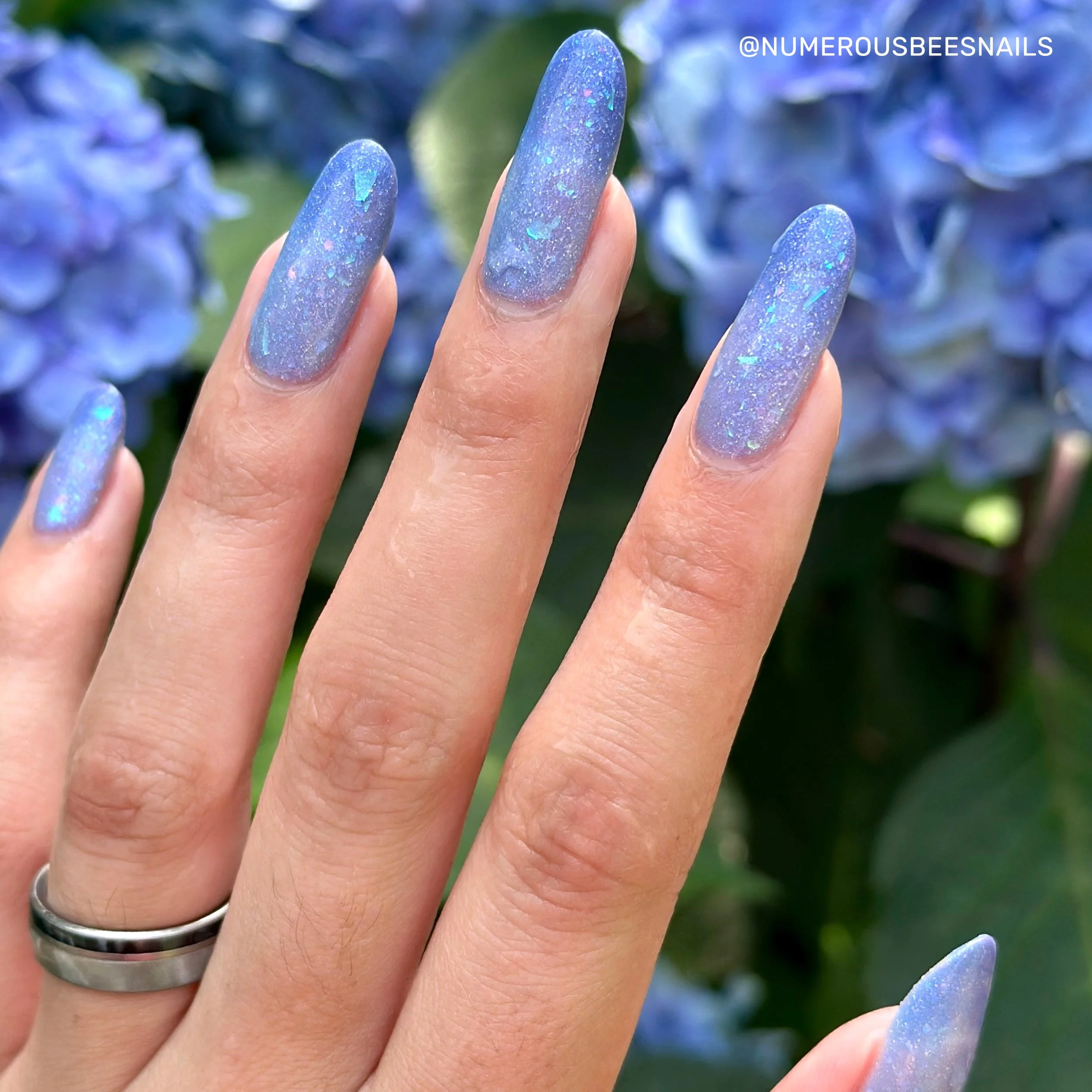 Image 23 of 45
Image 23 of 45

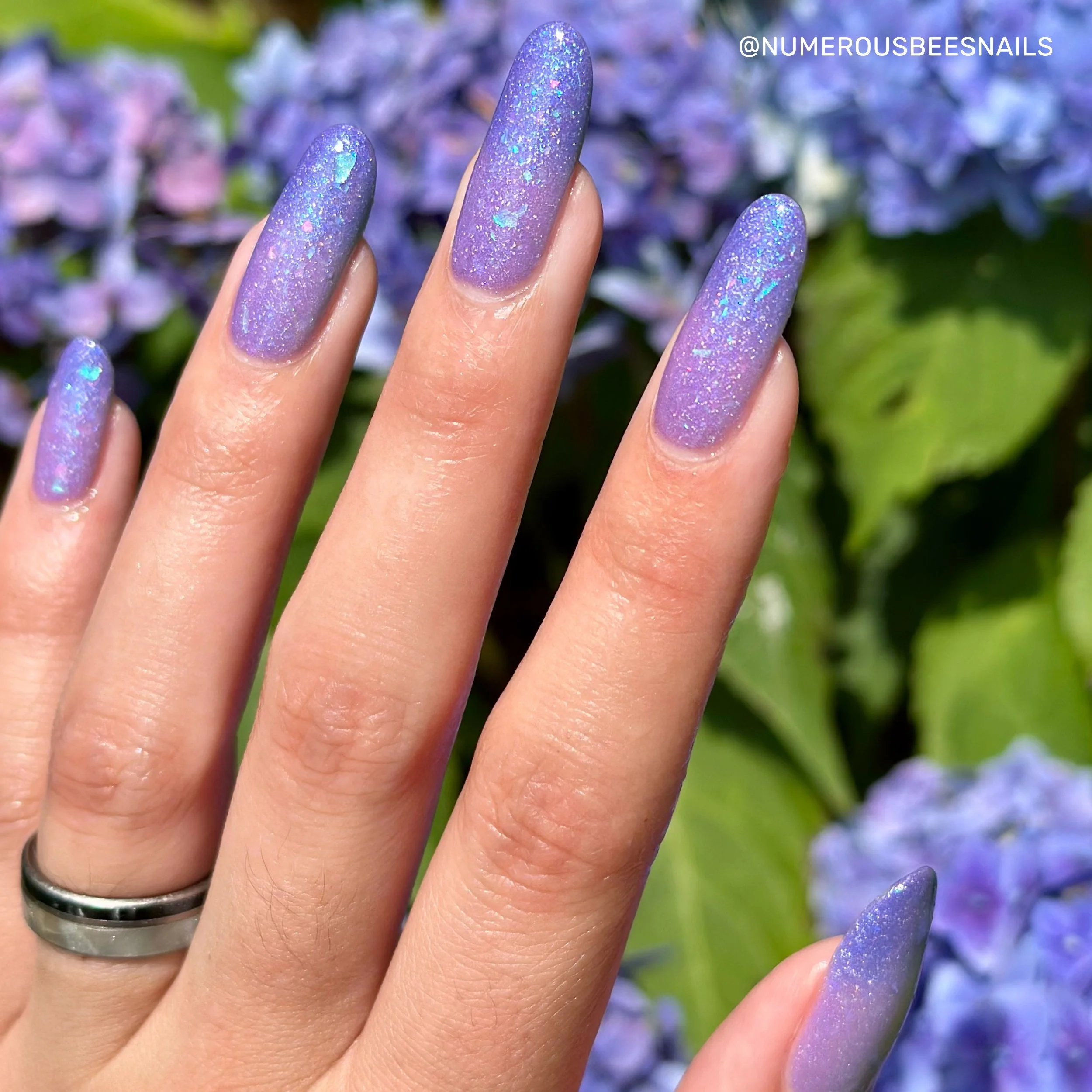 Image 24 of 45
Image 24 of 45

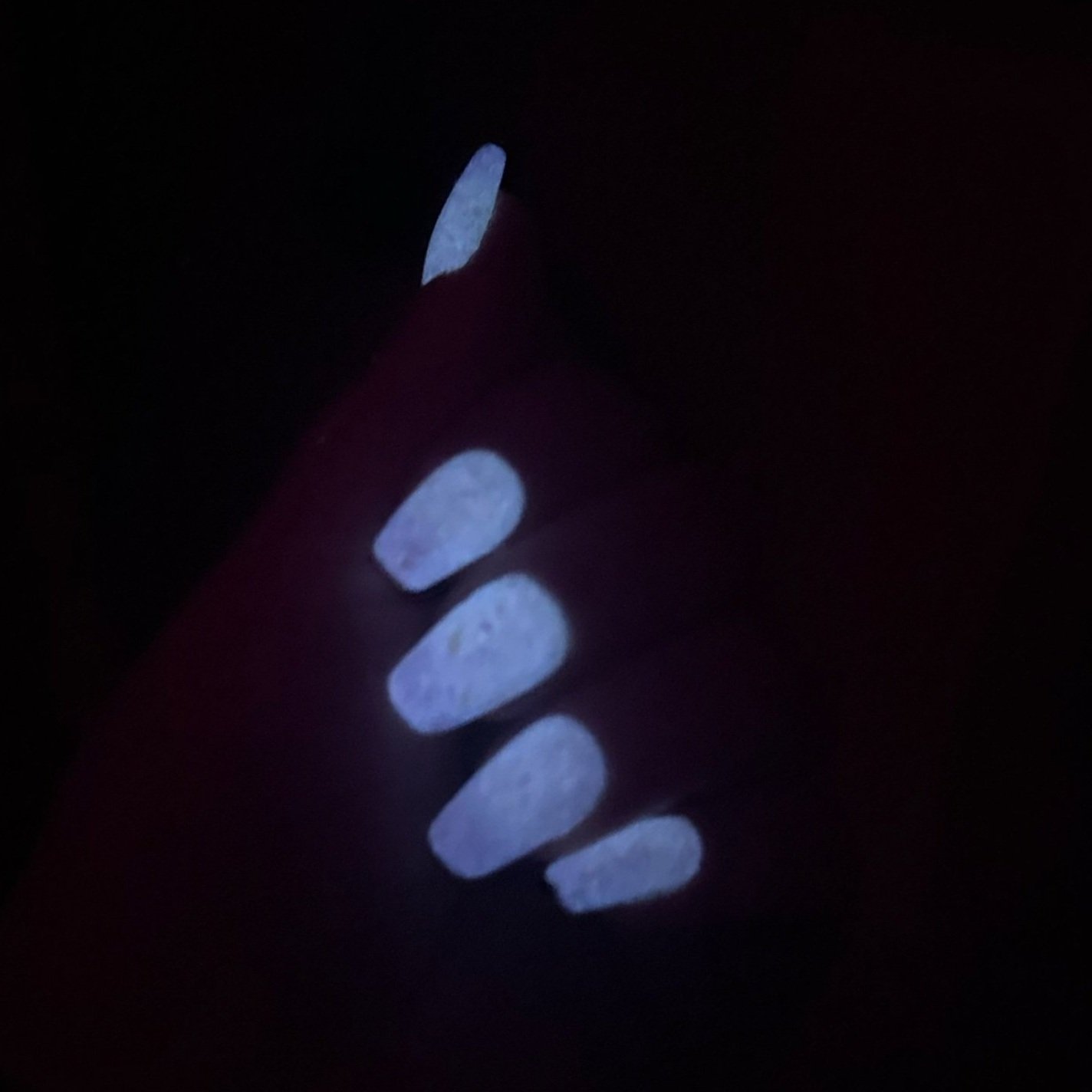 Image 25 of 45
Image 25 of 45

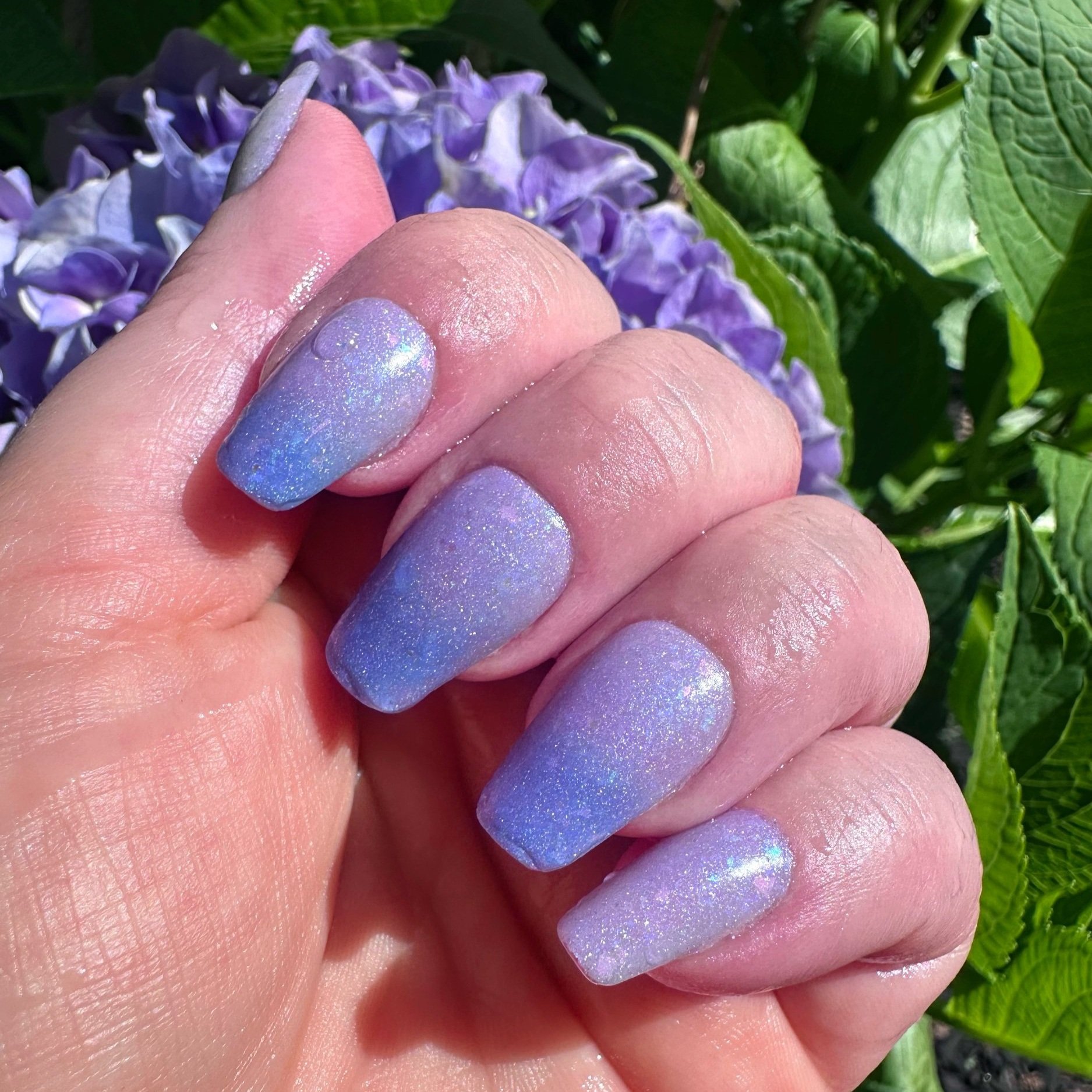 Image 26 of 45
Image 26 of 45

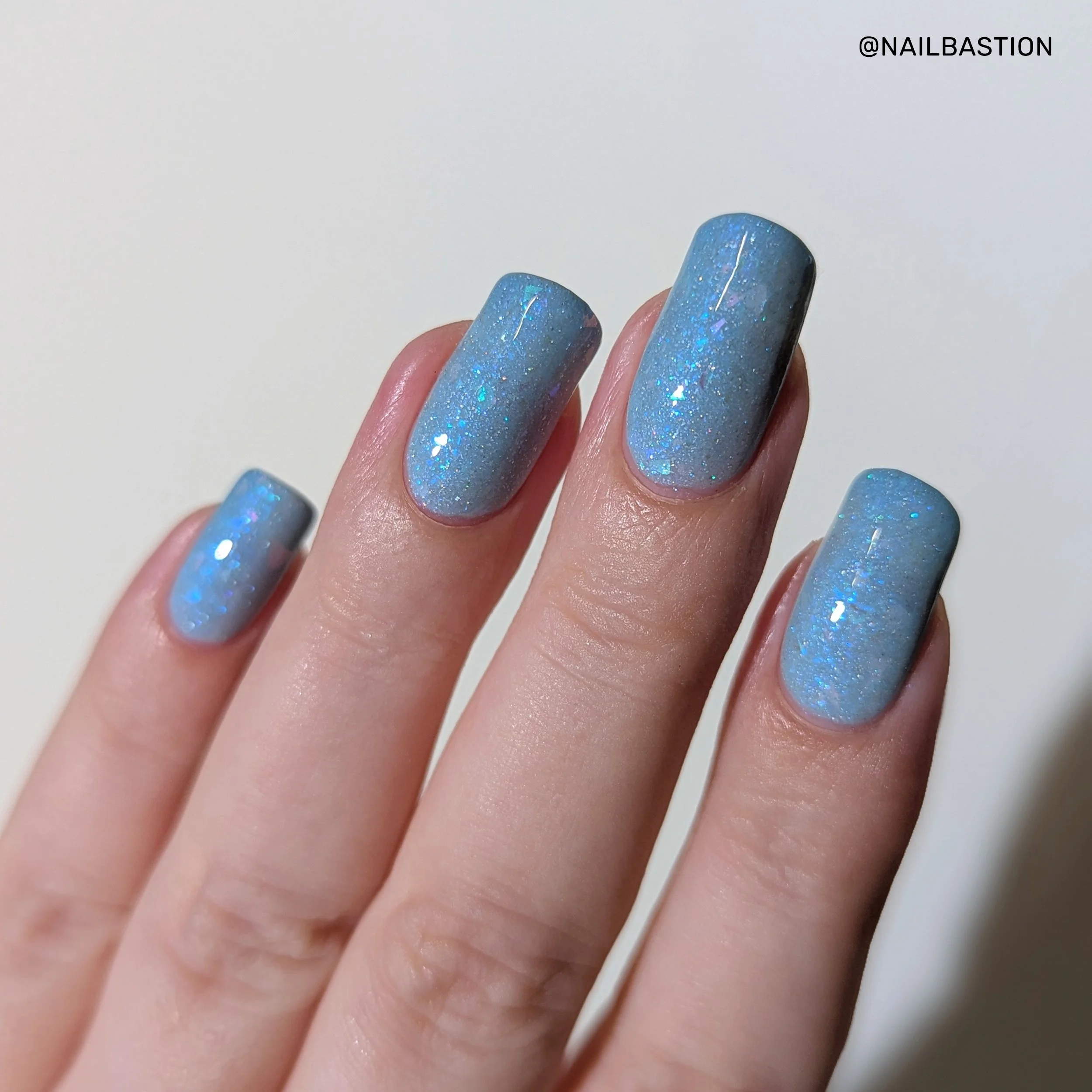 Image 27 of 45
Image 27 of 45

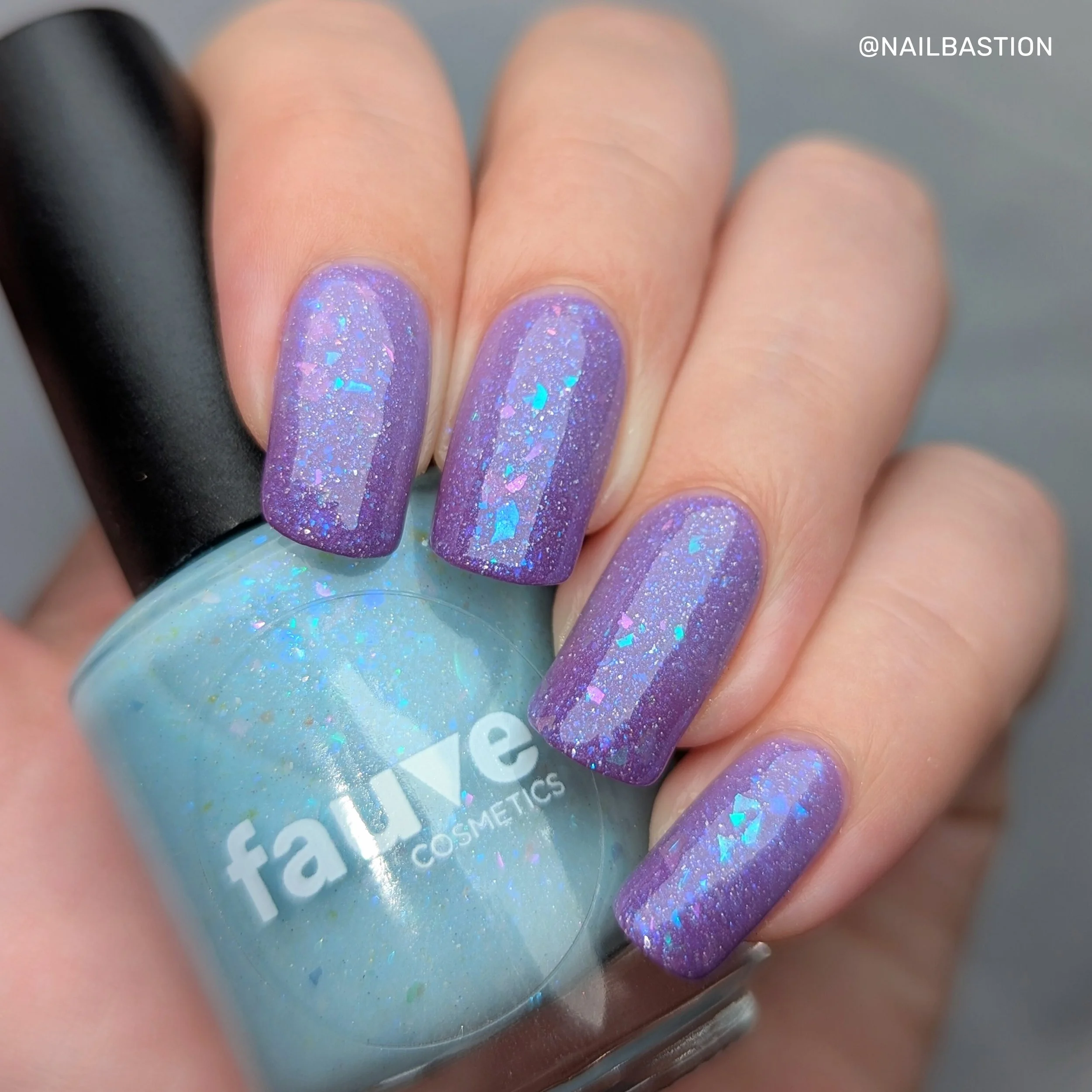 Image 28 of 45
Image 28 of 45

 Image 29 of 45
Image 29 of 45

 Image 30 of 45
Image 30 of 45

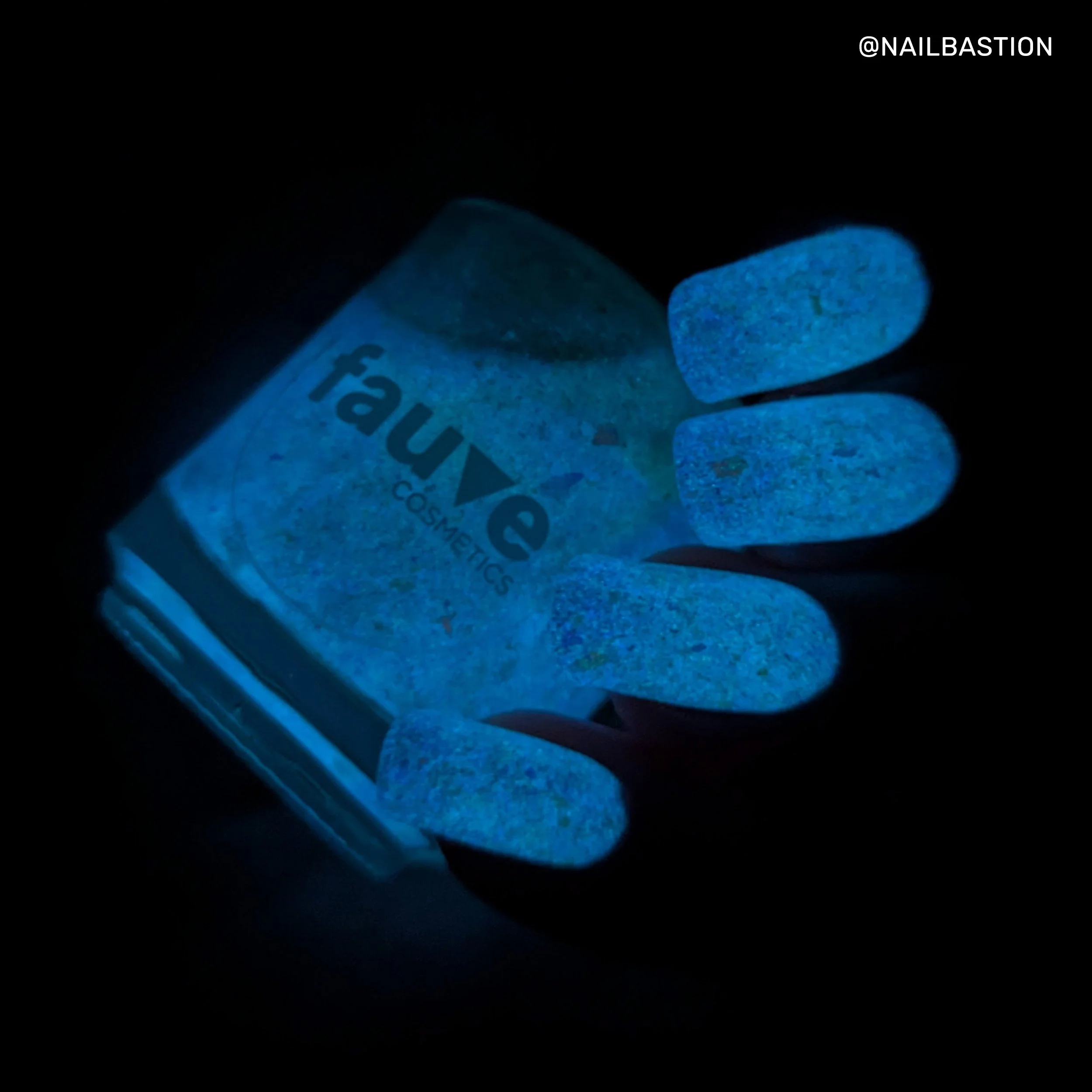 Image 31 of 45
Image 31 of 45

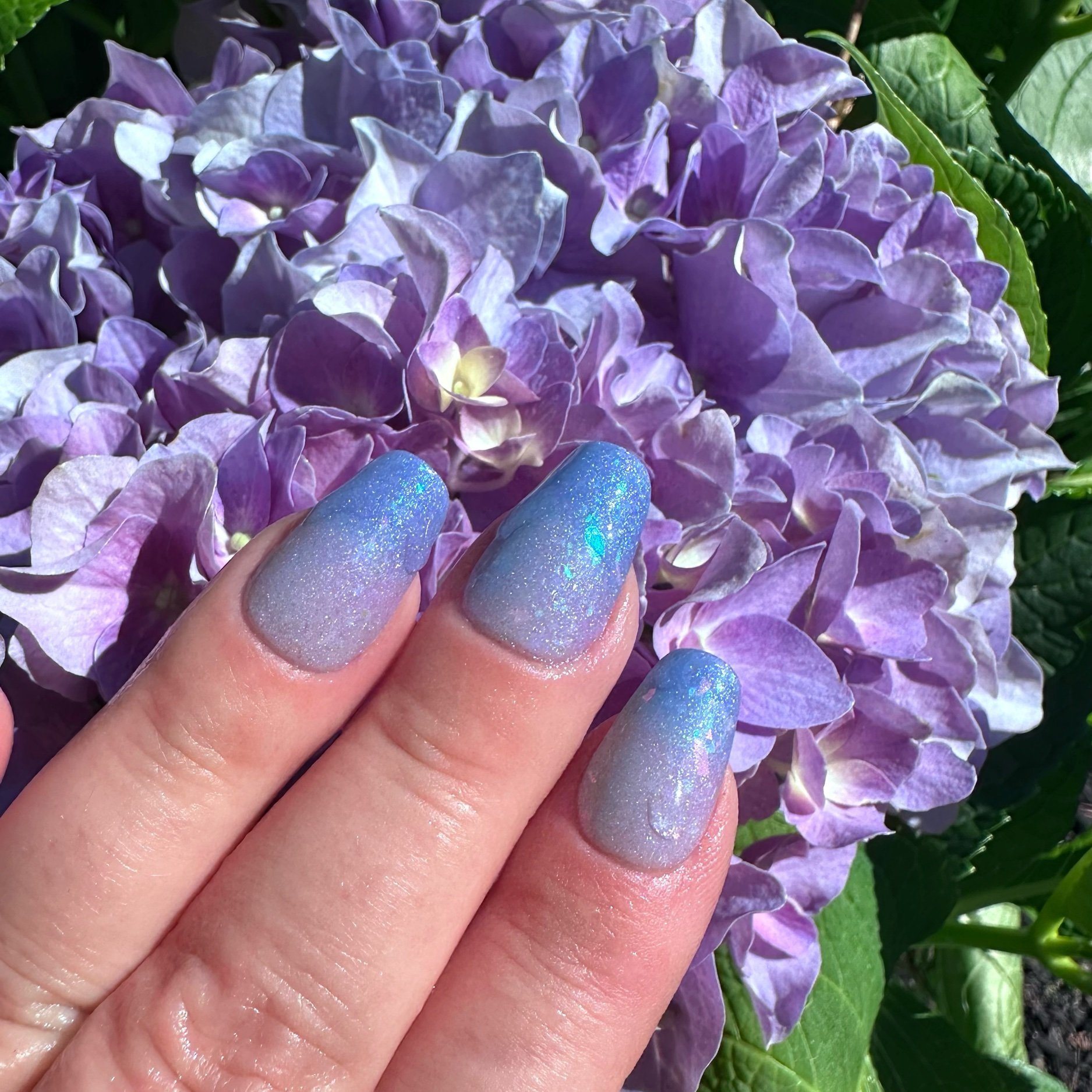 Image 32 of 45
Image 32 of 45

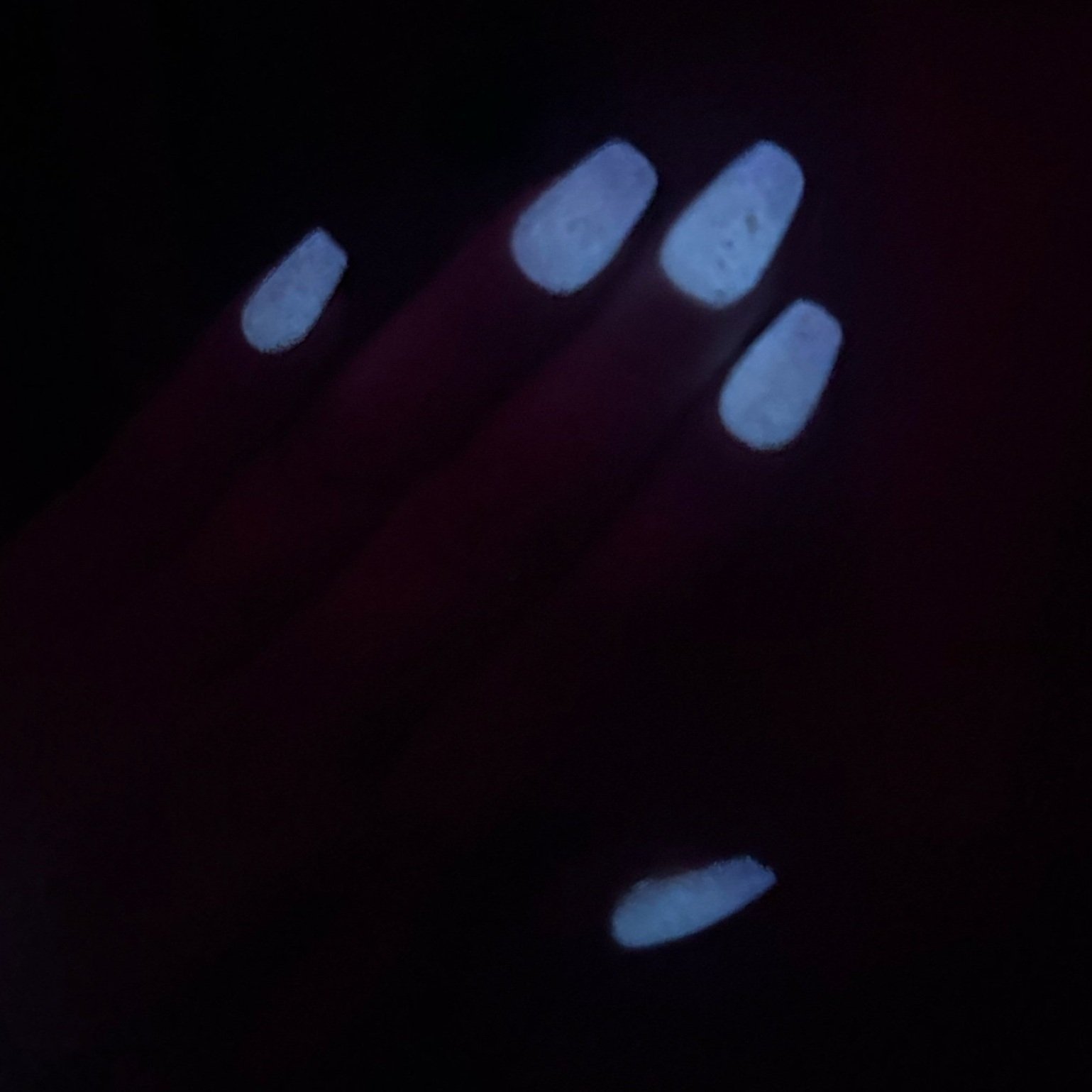 Image 33 of 45
Image 33 of 45

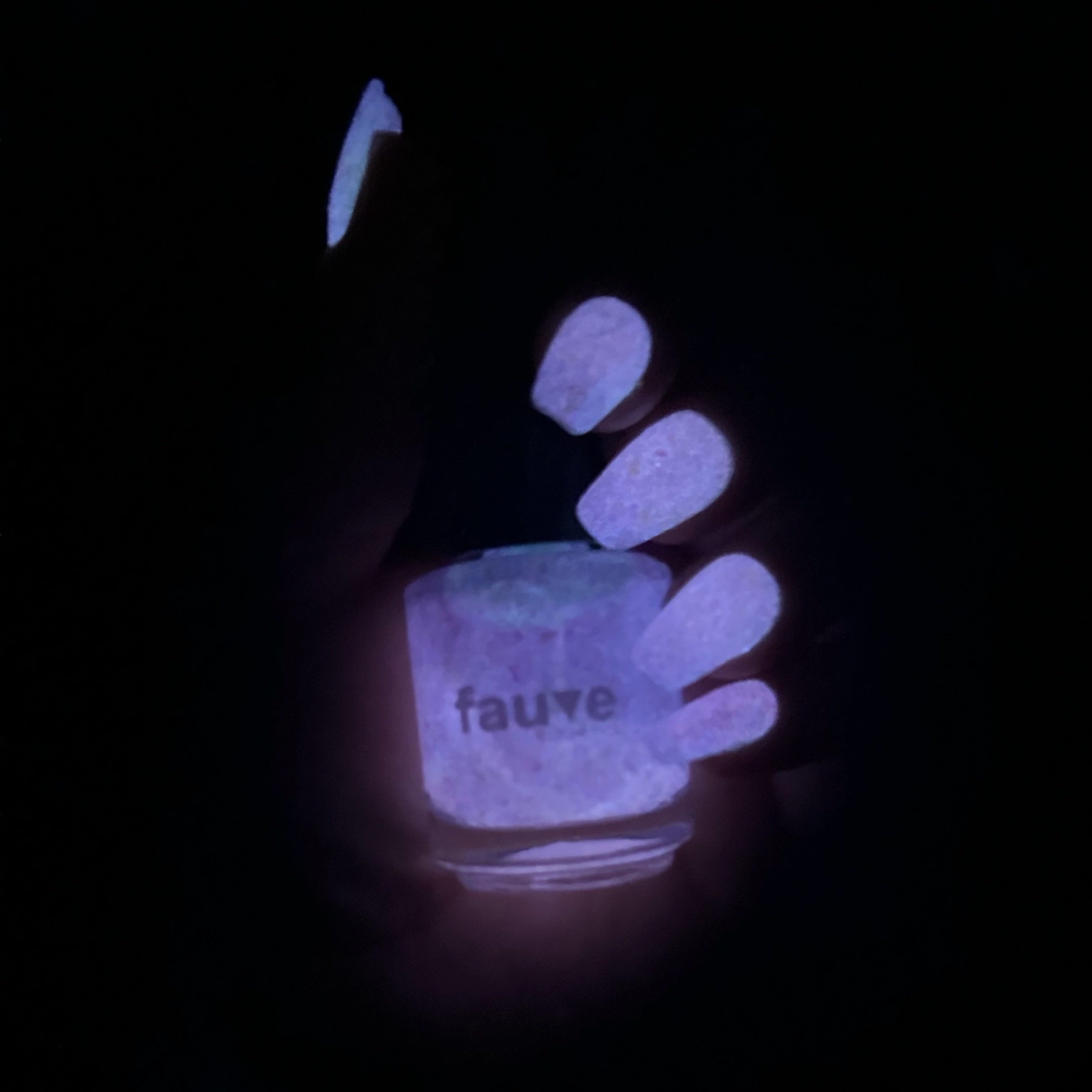 Image 34 of 45
Image 34 of 45

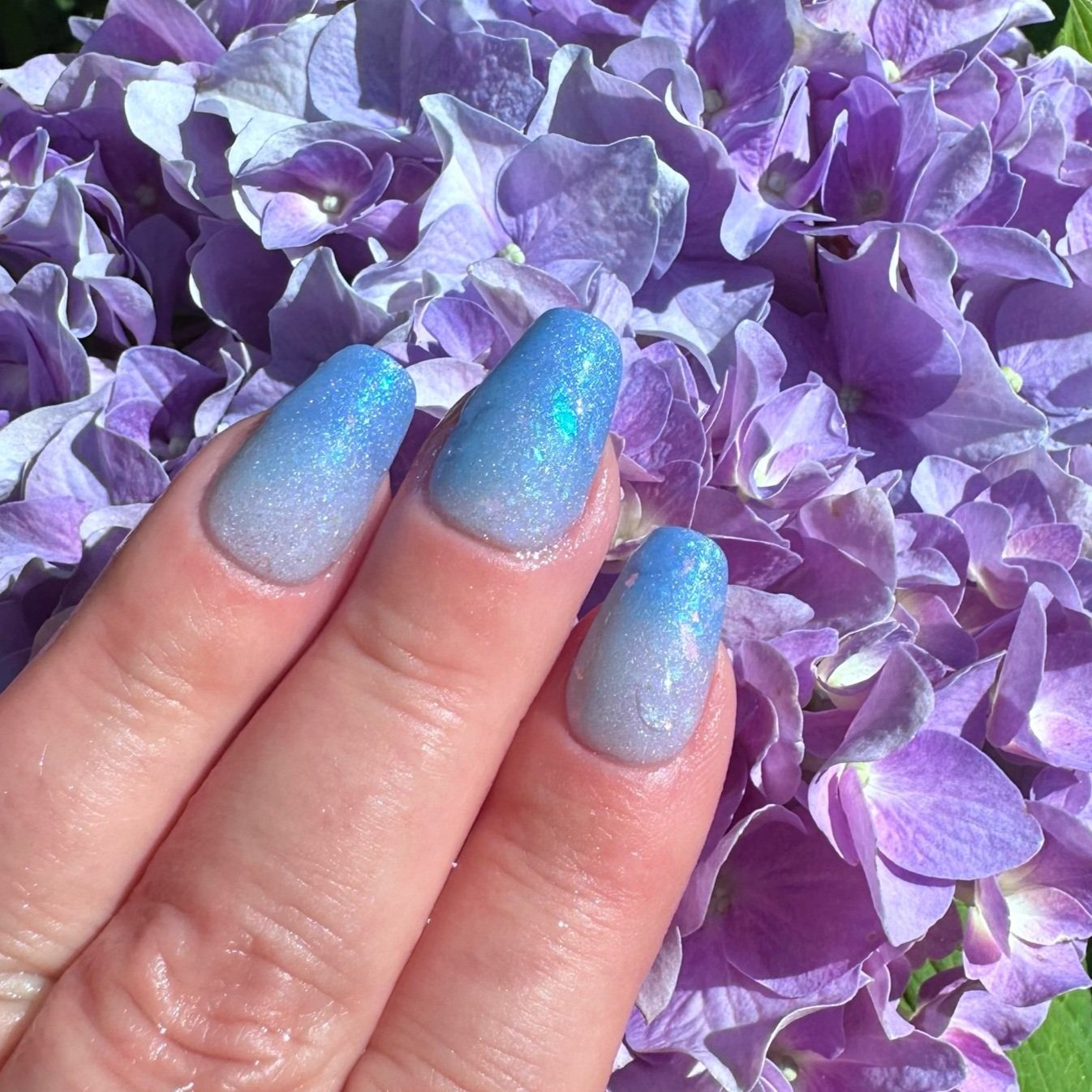 Image 35 of 45
Image 35 of 45

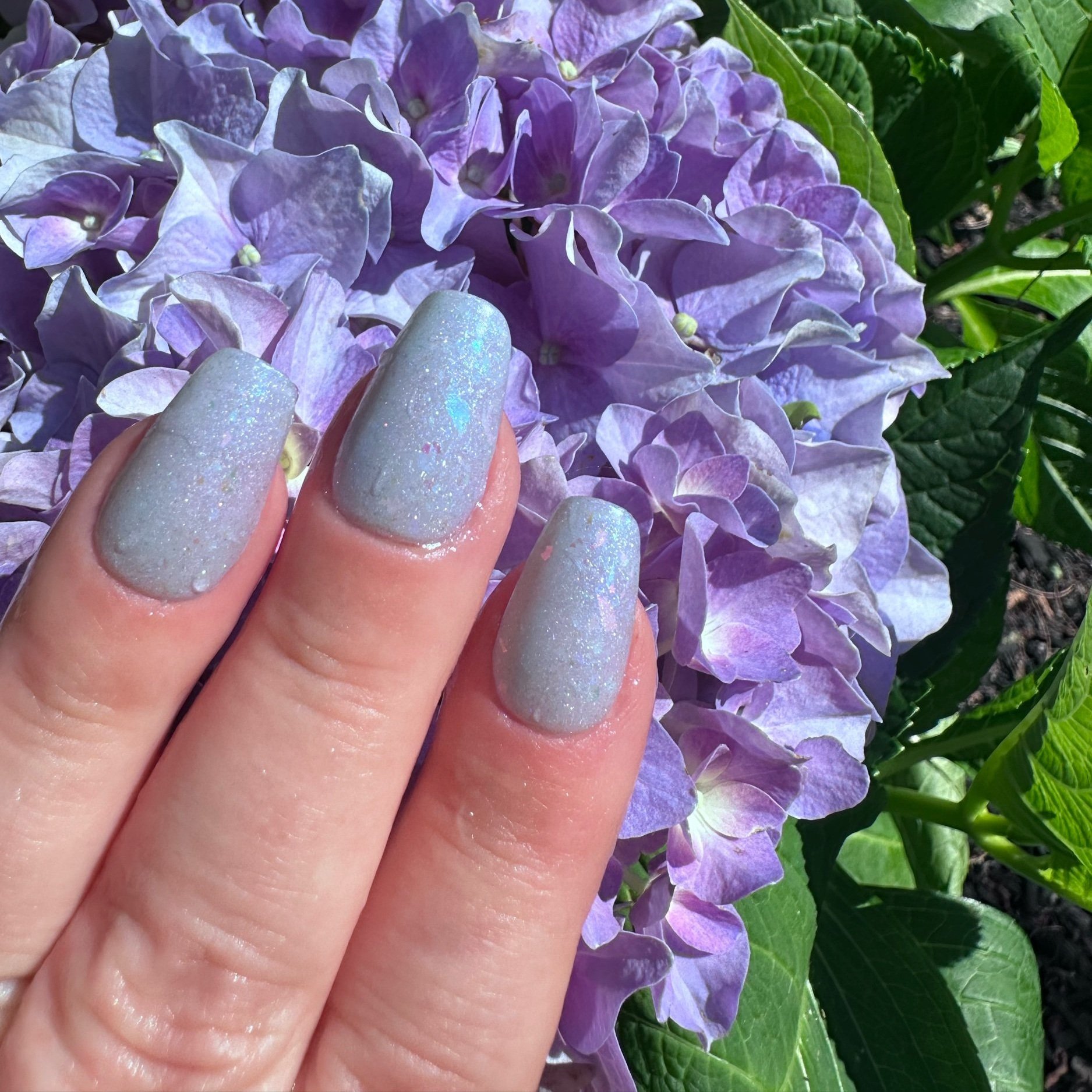 Image 36 of 45
Image 36 of 45

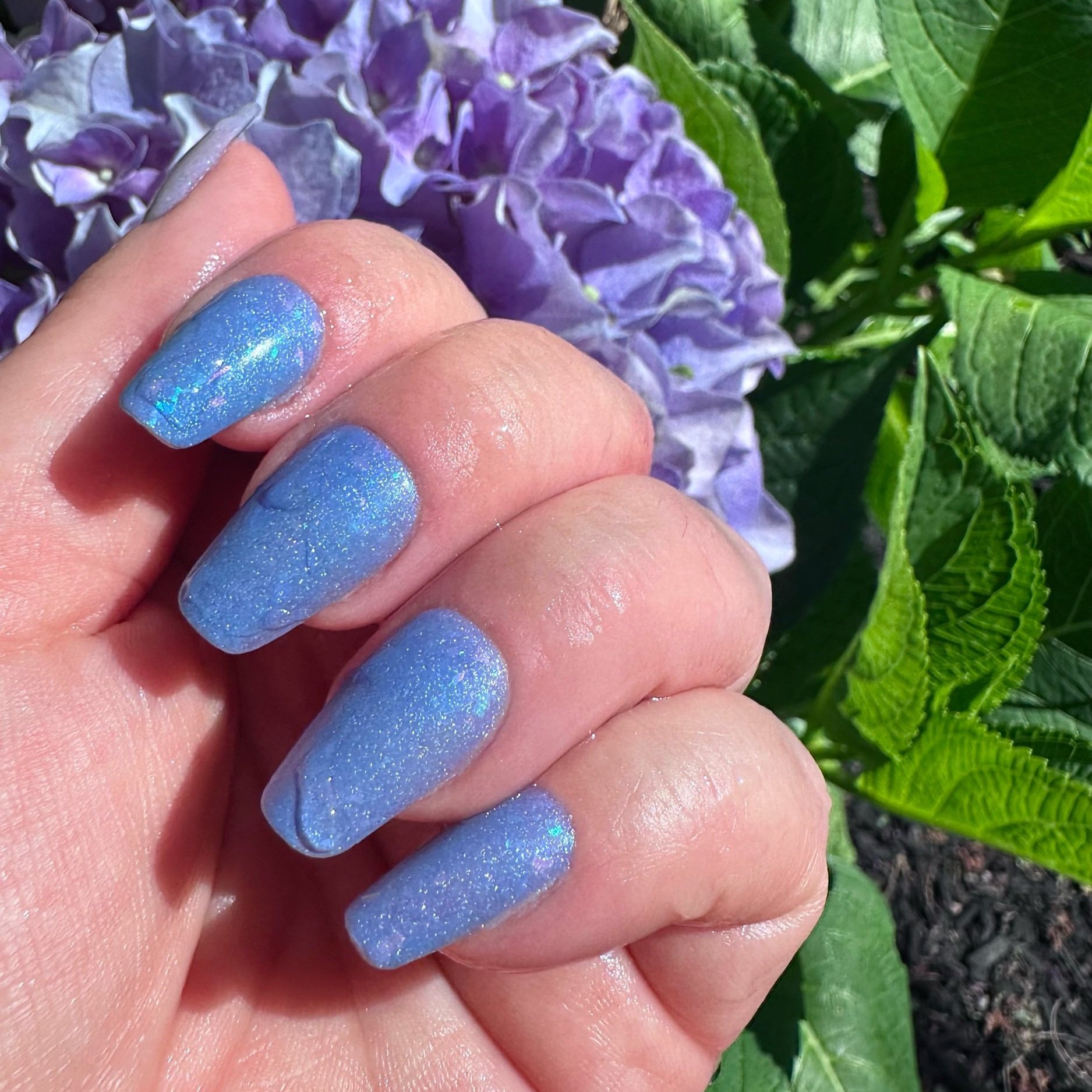 Image 37 of 45
Image 37 of 45

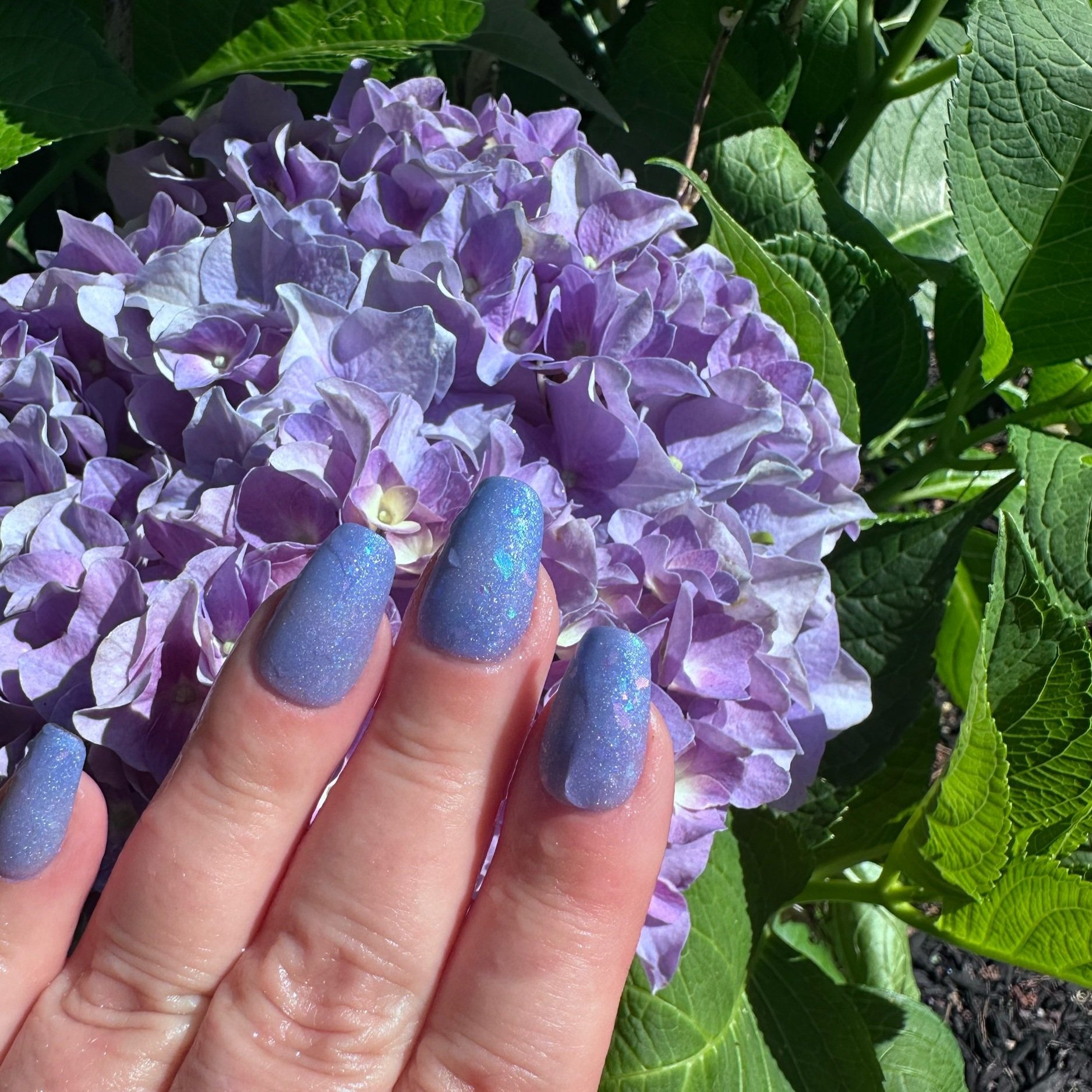 Image 38 of 45
Image 38 of 45

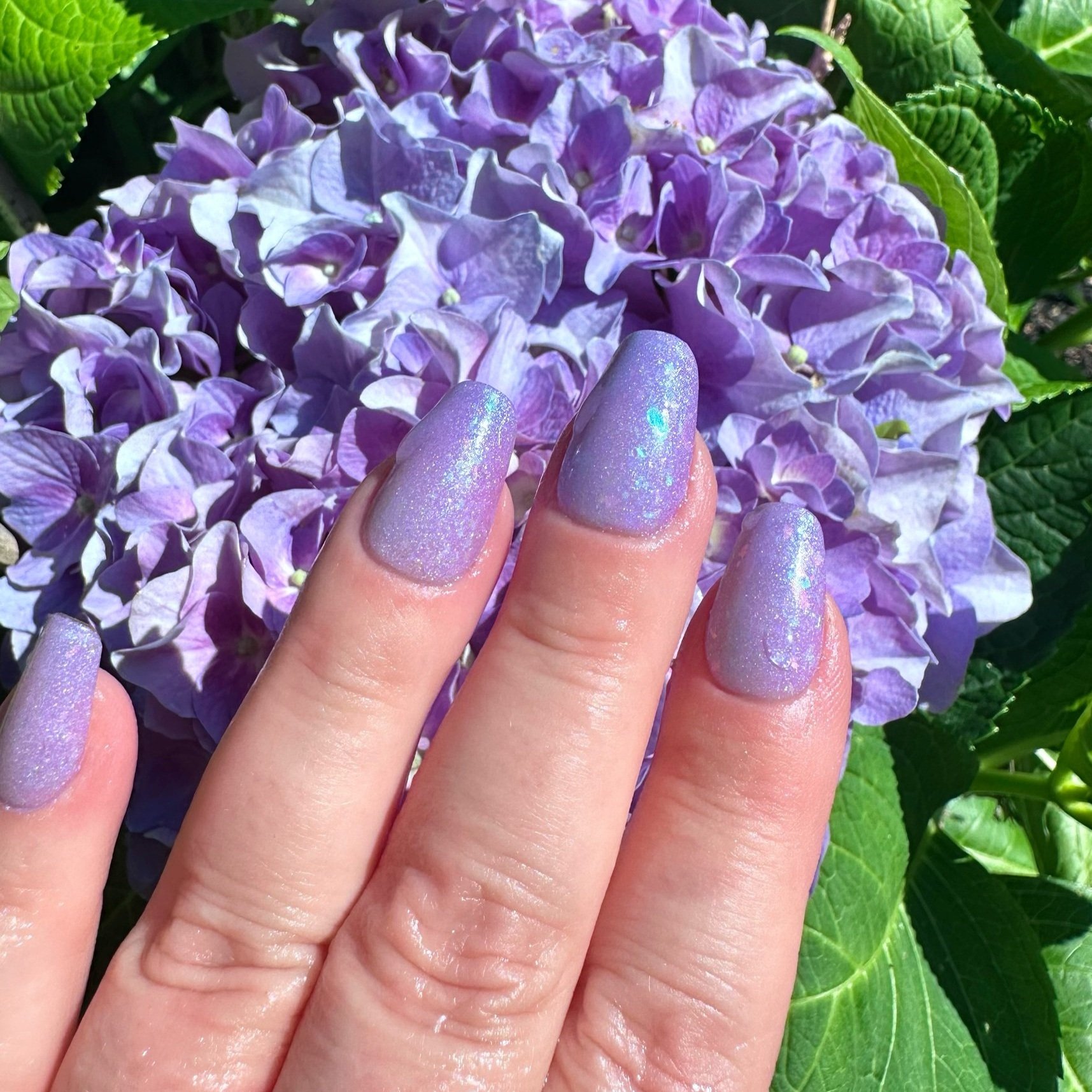 Image 39 of 45
Image 39 of 45

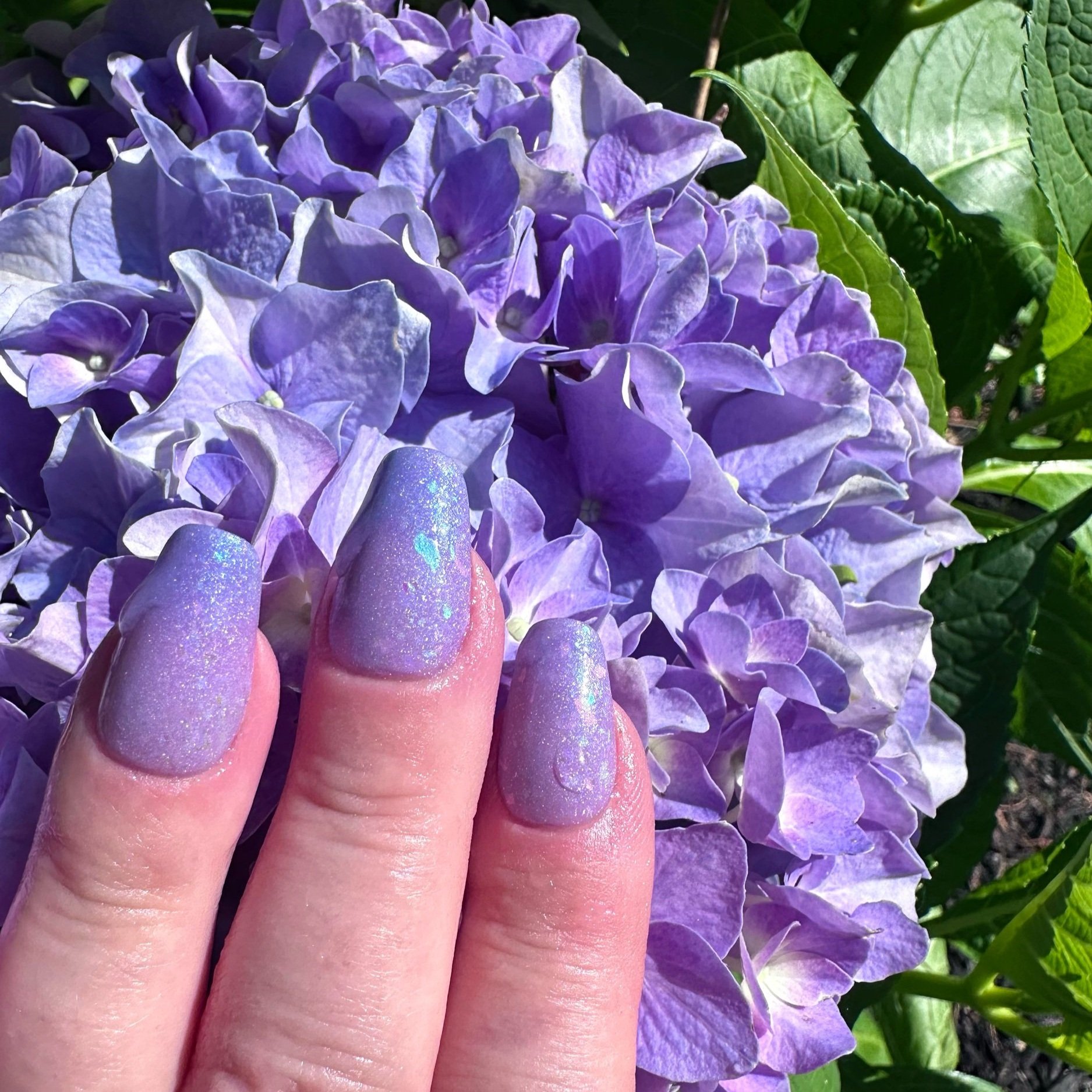 Image 40 of 45
Image 40 of 45

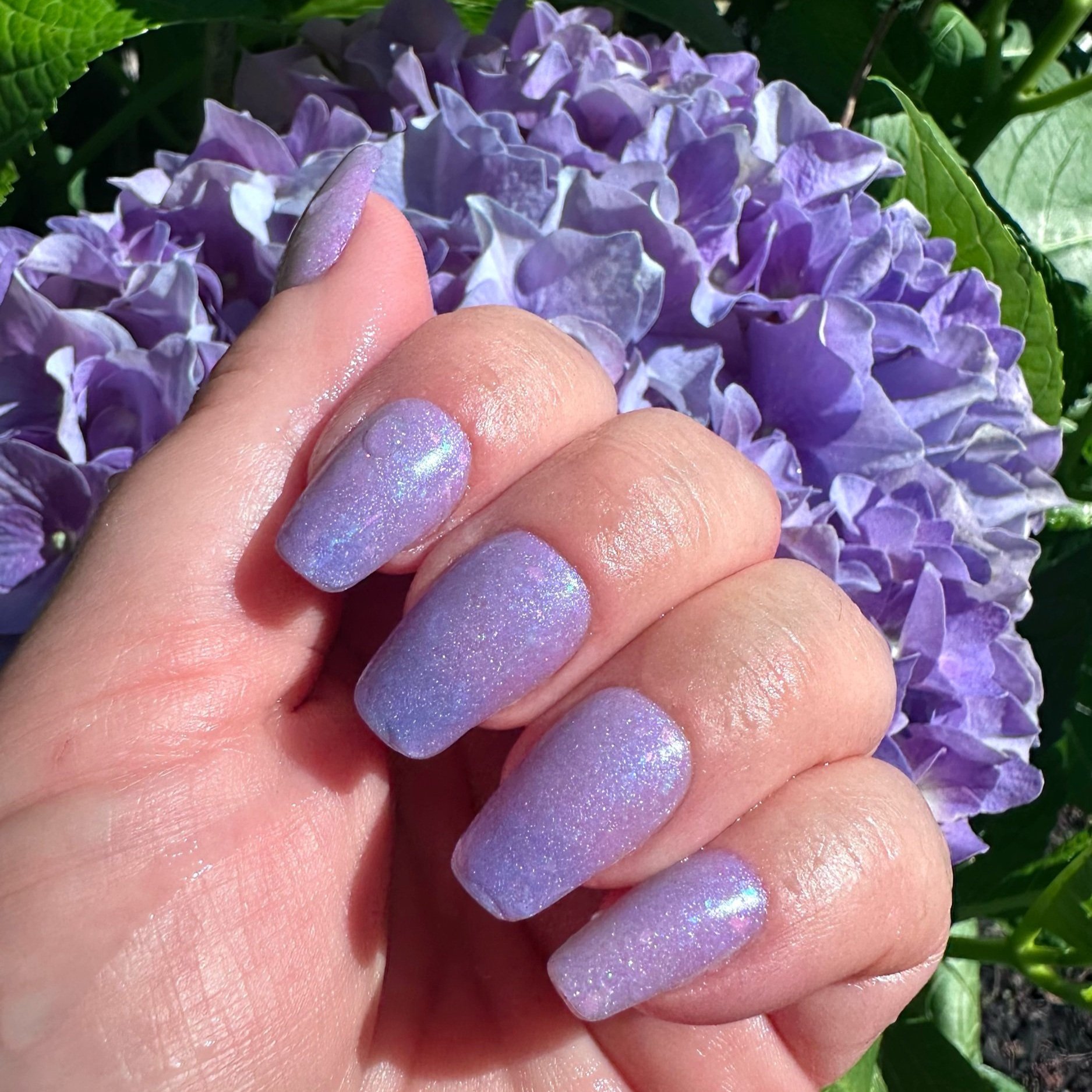 Image 41 of 45
Image 41 of 45

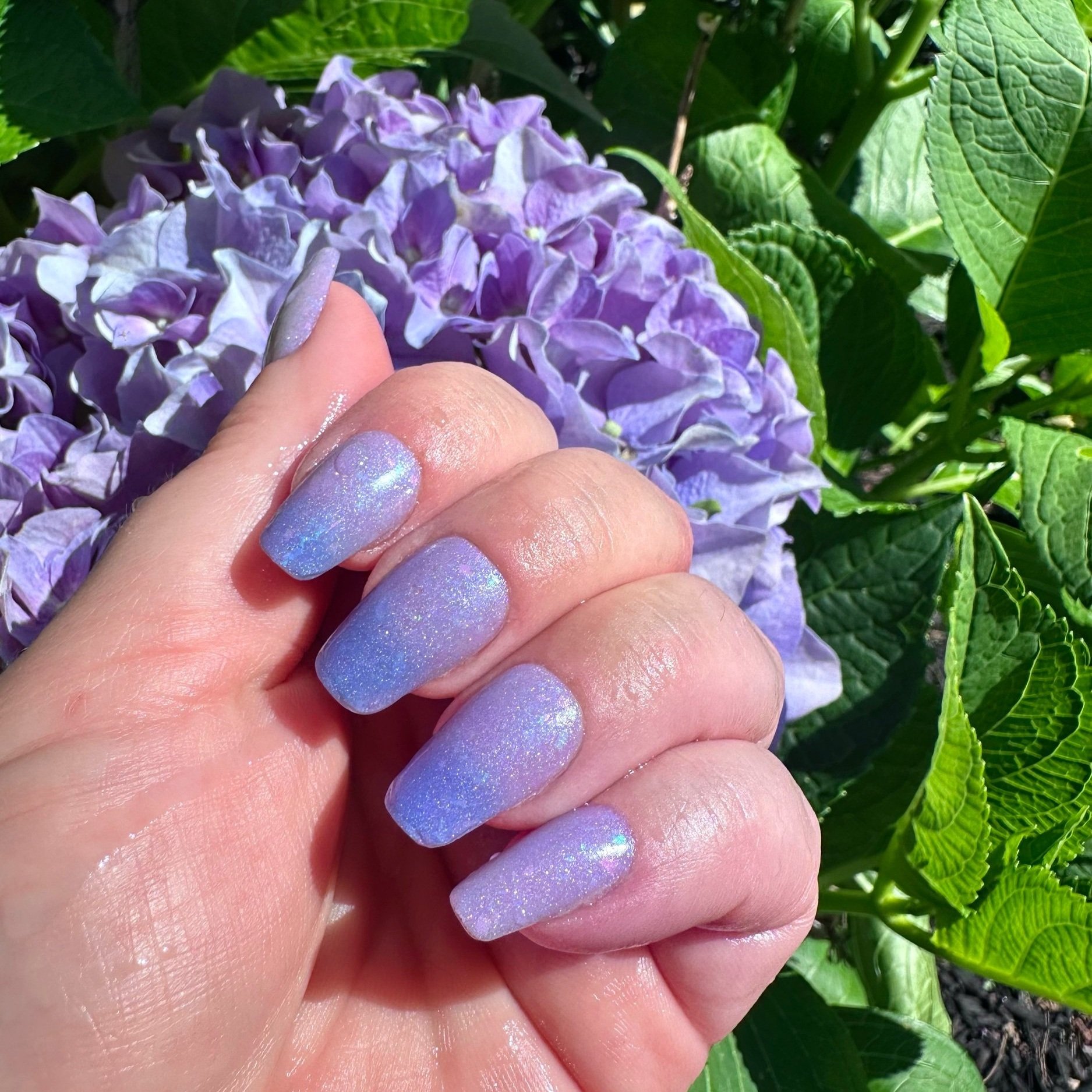 Image 42 of 45
Image 42 of 45

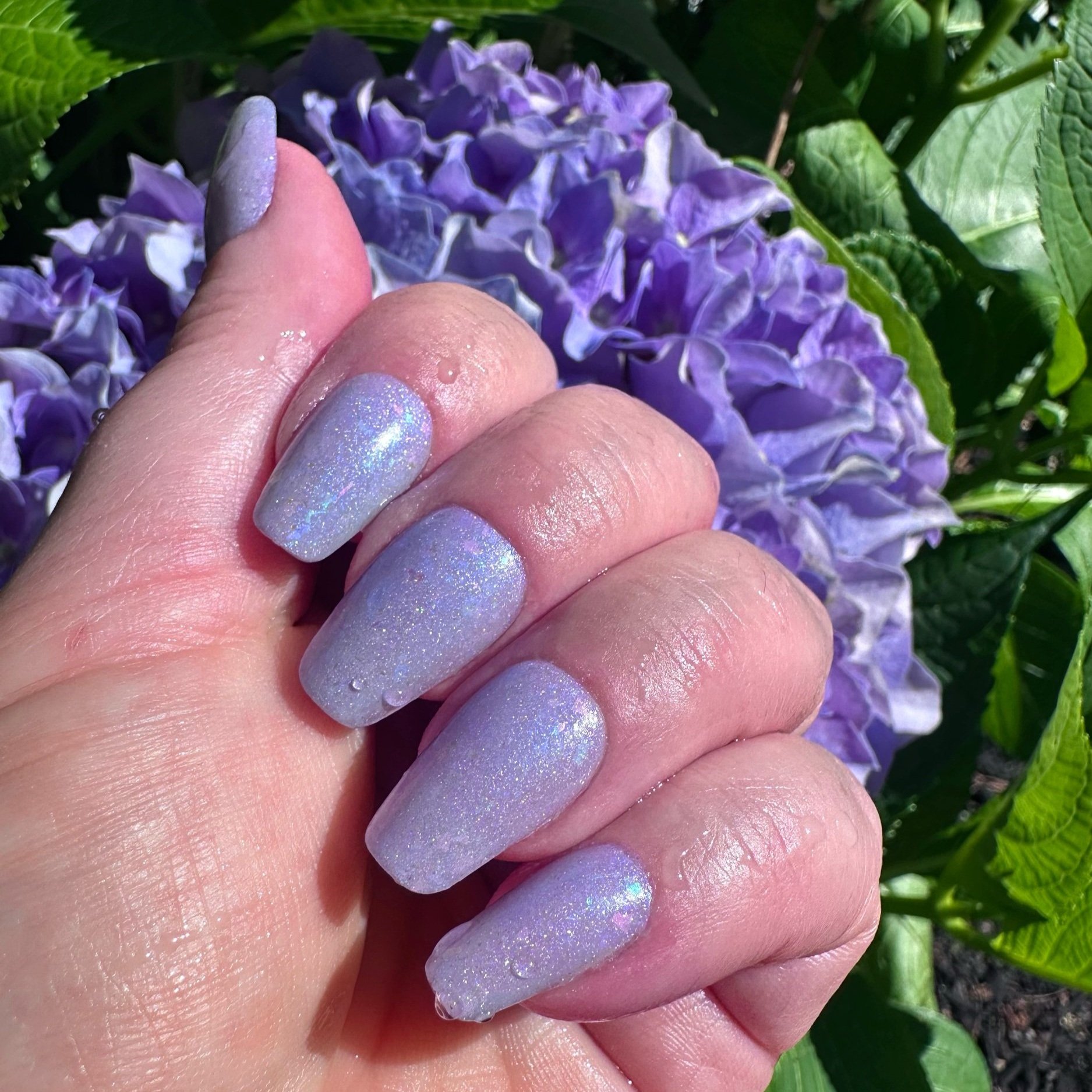 Image 43 of 45
Image 43 of 45

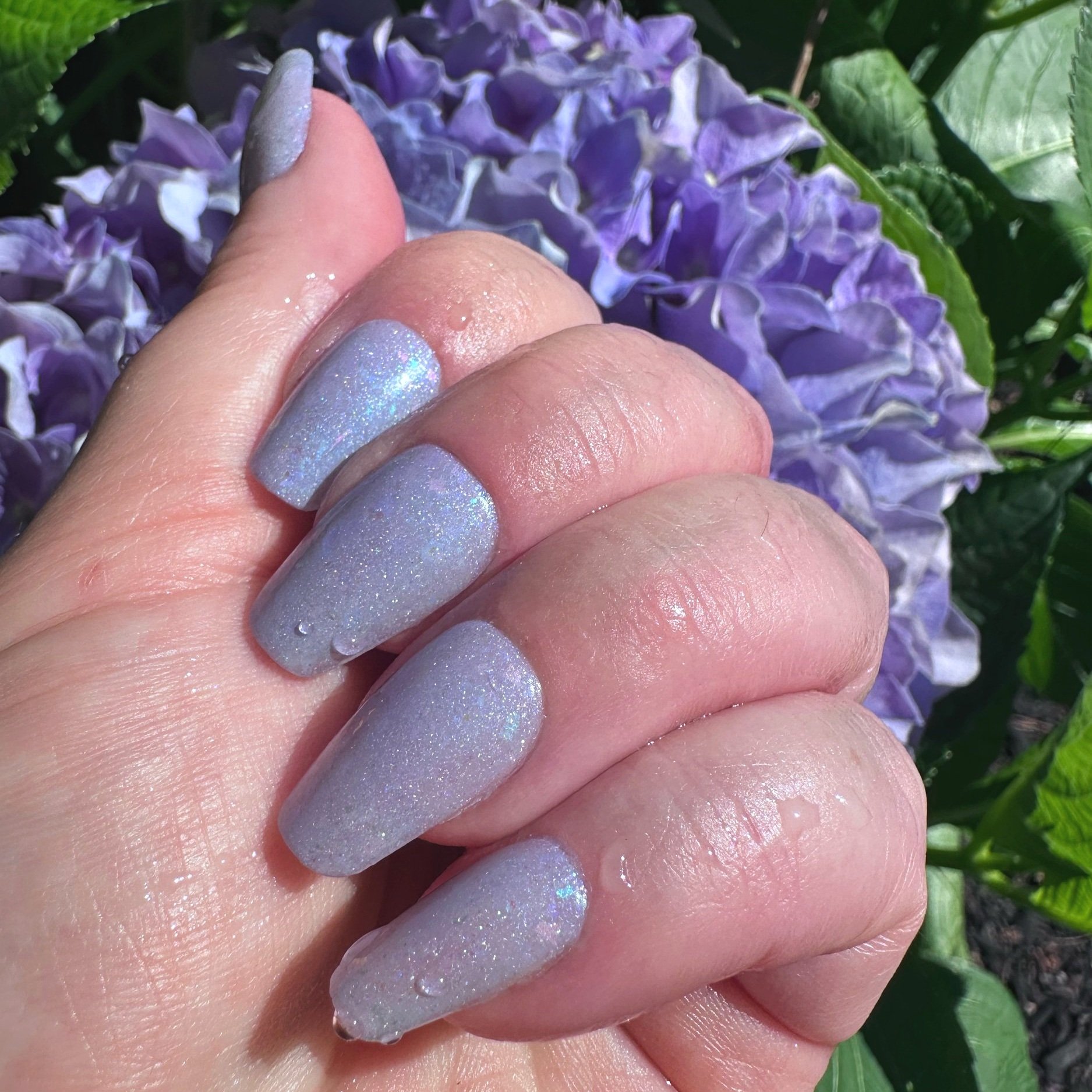 Image 44 of 45
Image 44 of 45

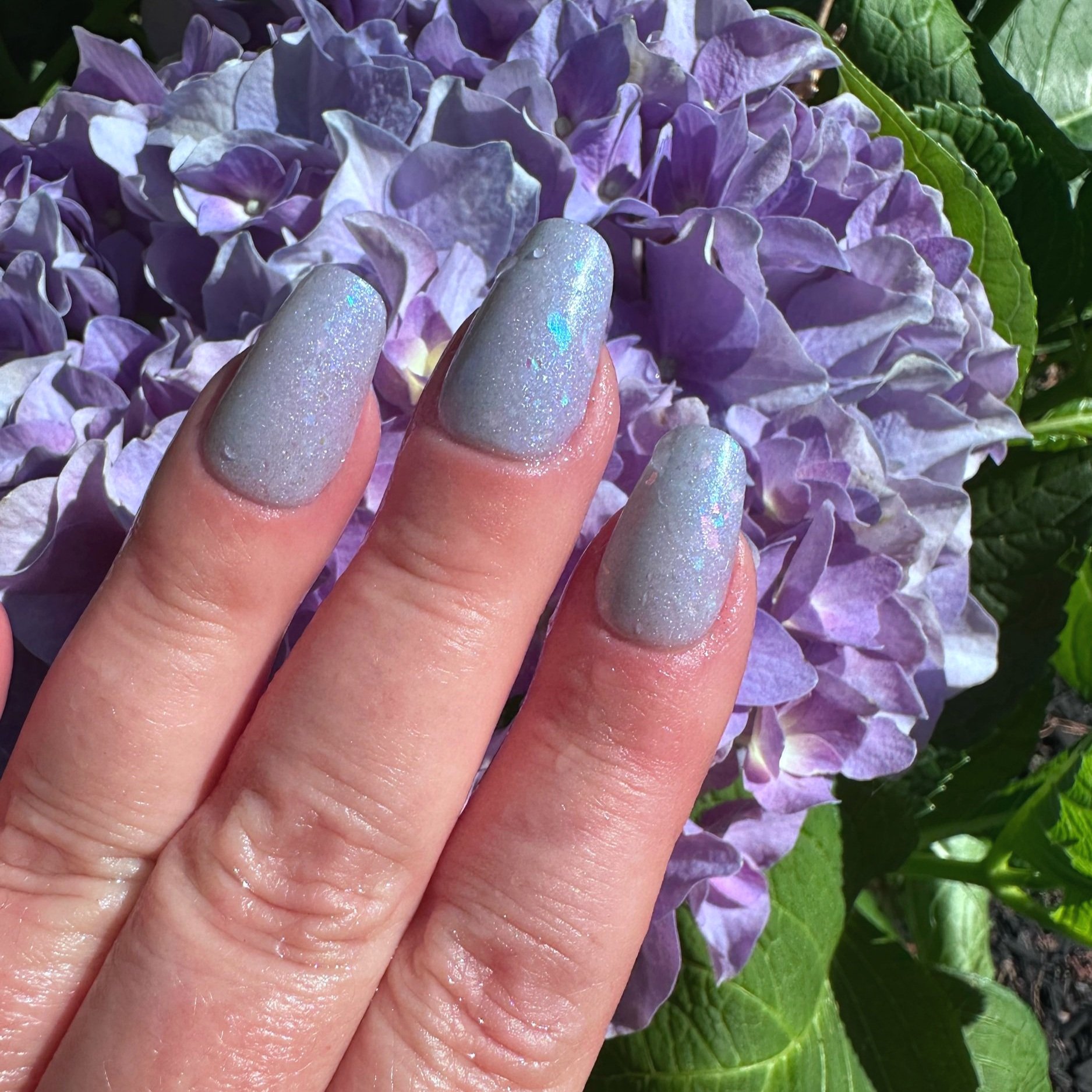 Image 45 of 45
Image 45 of 45














































Hydrangeas (Thermal + Solar + GITD)
THERMAL + SOLAR + GLOW-IN-THE-DARK
Blue (cold) to pale blue (warm) thermal, purple solar, glow-in-the-dark white, blue aurora shimmer, iridescent flakies, dainty holo, holo micro flakes. Thermal effect is subtle.
15 ml
21-free formula
Cruelty Free
*This item is for pre-order and may take up to 4-6 weeks for fulfillment.
Application: Apply 2-3 coats. Recommend 1-2 layers of top coat for smooth coverage.
Dries in a semi-matte finish due to thermal, solar, and glow-in-the-dark pigments. Give bottle a good shake before use as glow-in-the-dark pigment may settle at the bottom.
Activate glow-in-the-dark by exposing to sunlight, light sources, or UV/LED light for 30-60 seconds. UV/LED light exposure will result in a stronger glow.
Store in a cool, dark, and dry location. Thermals and solars may fade over time. Pigments may alter over time when exposed to heat and sunlight. Thermal and solar pigments are more sensitive to fluctuations.
NOTES ON GLOW-IN-THE-DARK PIGMENTS:
Not all GID pigments glow with the same intensity & for the same length of time.
The intensity is based on the wavelength the color gives off.Yellow, green, white, aqua: glow the brightest and longest
Red, dark orange, pink, blue, violet, purple: less bright and shorter glow time as they are on the ends of the visible color spectrum
Particle size of the pigment can also impact the glow. A finer pigment will result in a less grainy glow; however it may not glow as bright compared to a larger particle size. Would you rather have a smoother glow or a brighter glow? Use of other pigments in tandem, such as shimmers and glitters, can also make the glow look more grainy or speckled.
Light source used to “charge” GID pigments glow also impacts strength. Using UV/LED light will result in a stronger glow than incandescent lighting and sunlight, especially for colors on the end of the color spectrum.
Ingredients: Ethyl Acetate, Butyl Acetate, Nitrocellulose, Adipic Acid/Neopentyl, Glycol/Trimellitic, Isopropyl Alcohol, Acetyl Tributyl Citrate, Silica, N-butyl Alcohol, Benzophenone-3, D&C Violet #2, Thermal Pigment, Glow-in-the-Dark Pigment, Photochromic Pigment, Titanium Dioxide, Non-Phthalate Plasticizer, Barium Sulfate, Neon Blue Pigment, D&C Red 7, Silicon, FD&C Red 4, Calcium Sodium Borosilicate, Tin Dioxide, Tin Oxide
THERMAL + SOLAR + GLOW-IN-THE-DARK
Blue (cold) to pale blue (warm) thermal, purple solar, glow-in-the-dark white, blue aurora shimmer, iridescent flakies, dainty holo, holo micro flakes. Thermal effect is subtle.
15 ml
21-free formula
Cruelty Free
*This item is for pre-order and may take up to 4-6 weeks for fulfillment.
Application: Apply 2-3 coats. Recommend 1-2 layers of top coat for smooth coverage.
Dries in a semi-matte finish due to thermal, solar, and glow-in-the-dark pigments. Give bottle a good shake before use as glow-in-the-dark pigment may settle at the bottom.
Activate glow-in-the-dark by exposing to sunlight, light sources, or UV/LED light for 30-60 seconds. UV/LED light exposure will result in a stronger glow.
Store in a cool, dark, and dry location. Thermals and solars may fade over time. Pigments may alter over time when exposed to heat and sunlight. Thermal and solar pigments are more sensitive to fluctuations.
NOTES ON GLOW-IN-THE-DARK PIGMENTS:
Not all GID pigments glow with the same intensity & for the same length of time.
The intensity is based on the wavelength the color gives off.Yellow, green, white, aqua: glow the brightest and longest
Red, dark orange, pink, blue, violet, purple: less bright and shorter glow time as they are on the ends of the visible color spectrum
Particle size of the pigment can also impact the glow. A finer pigment will result in a less grainy glow; however it may not glow as bright compared to a larger particle size. Would you rather have a smoother glow or a brighter glow? Use of other pigments in tandem, such as shimmers and glitters, can also make the glow look more grainy or speckled.
Light source used to “charge” GID pigments glow also impacts strength. Using UV/LED light will result in a stronger glow than incandescent lighting and sunlight, especially for colors on the end of the color spectrum.
Ingredients: Ethyl Acetate, Butyl Acetate, Nitrocellulose, Adipic Acid/Neopentyl, Glycol/Trimellitic, Isopropyl Alcohol, Acetyl Tributyl Citrate, Silica, N-butyl Alcohol, Benzophenone-3, D&C Violet #2, Thermal Pigment, Glow-in-the-Dark Pigment, Photochromic Pigment, Titanium Dioxide, Non-Phthalate Plasticizer, Barium Sulfate, Neon Blue Pigment, D&C Red 7, Silicon, FD&C Red 4, Calcium Sodium Borosilicate, Tin Dioxide, Tin Oxide


















































































